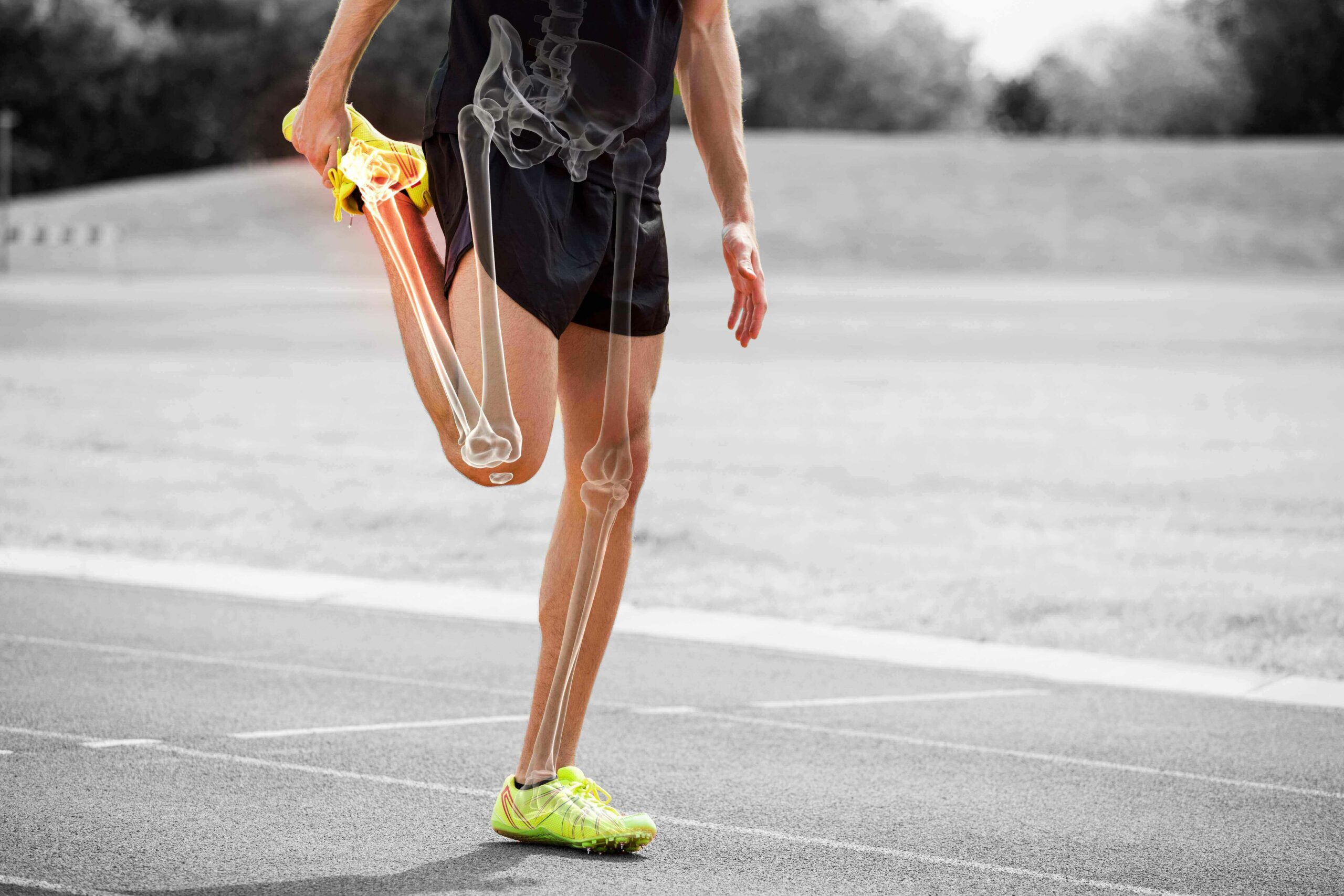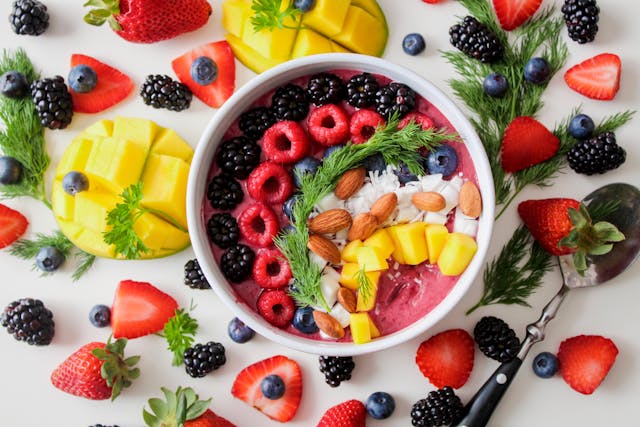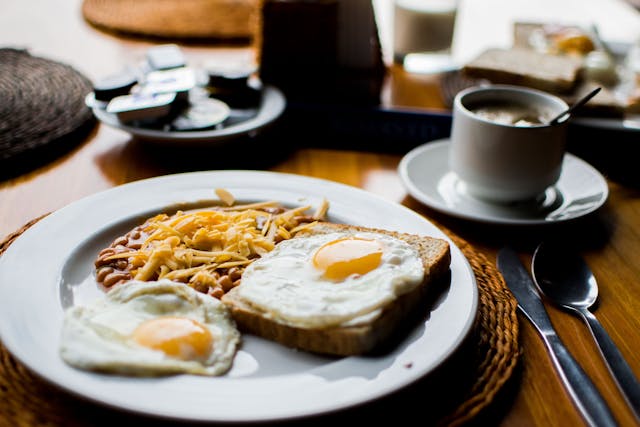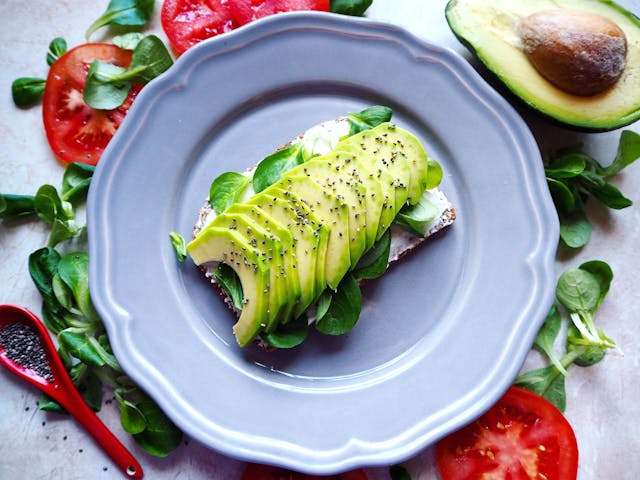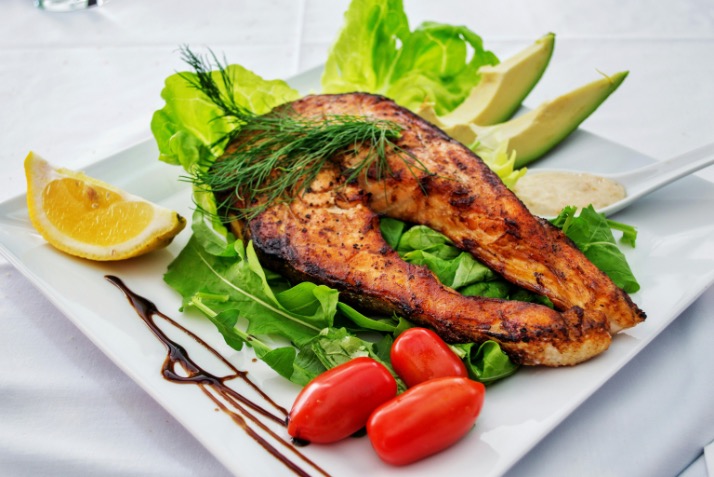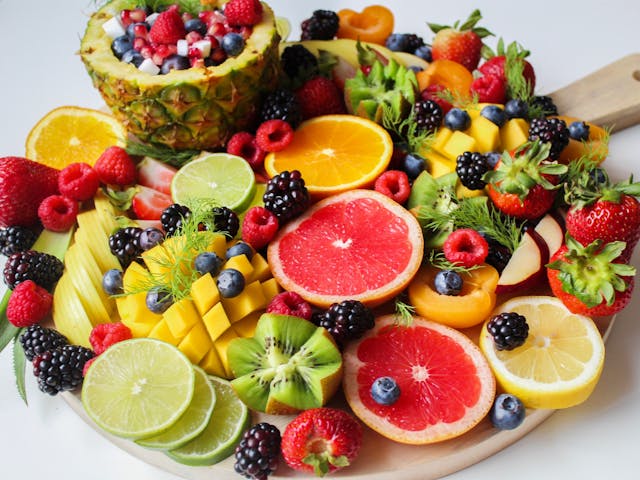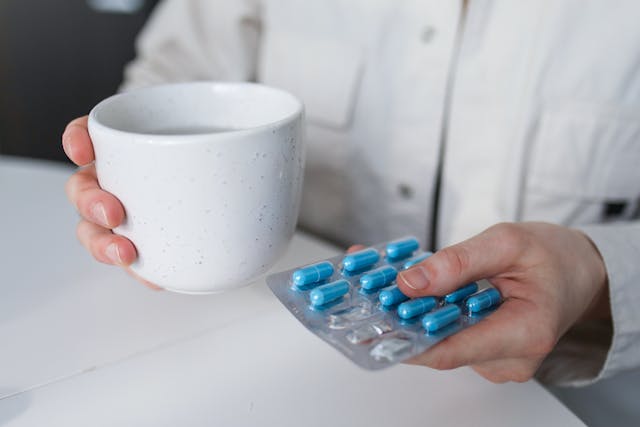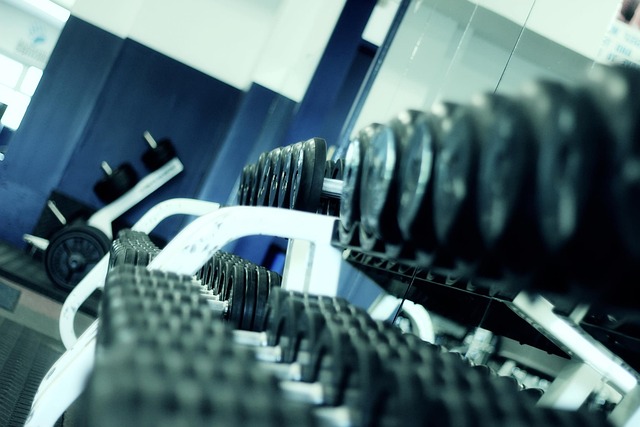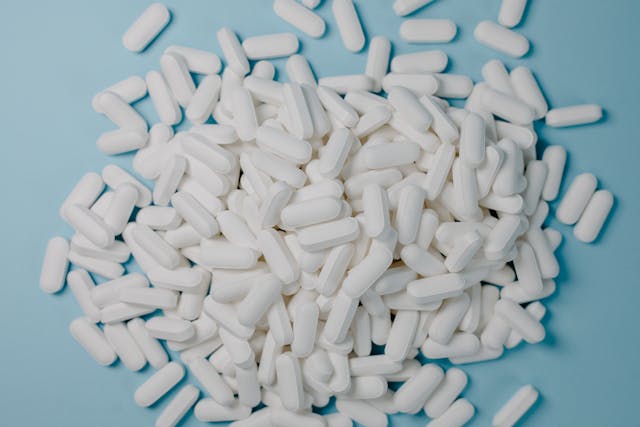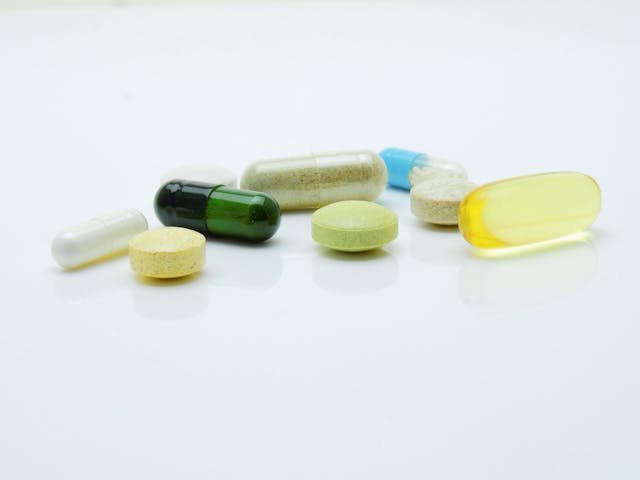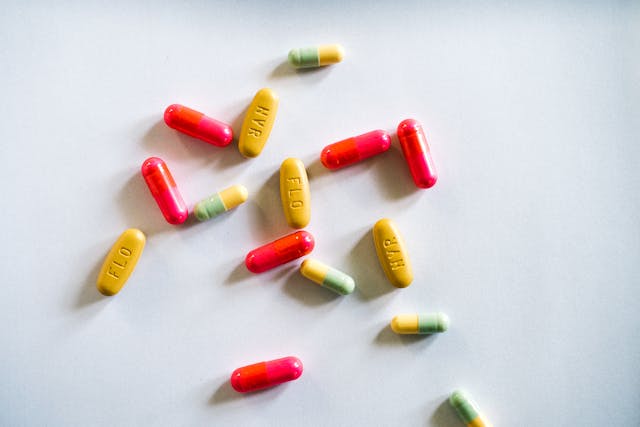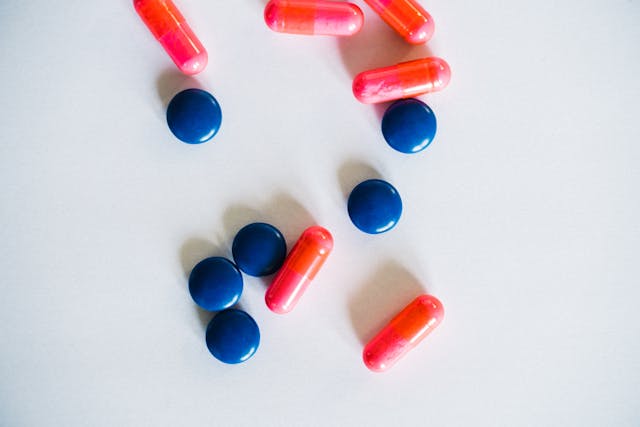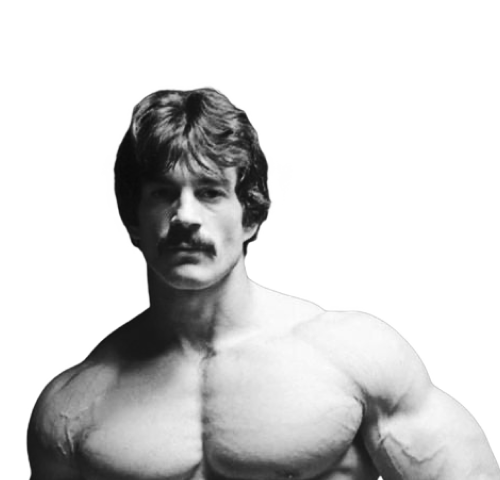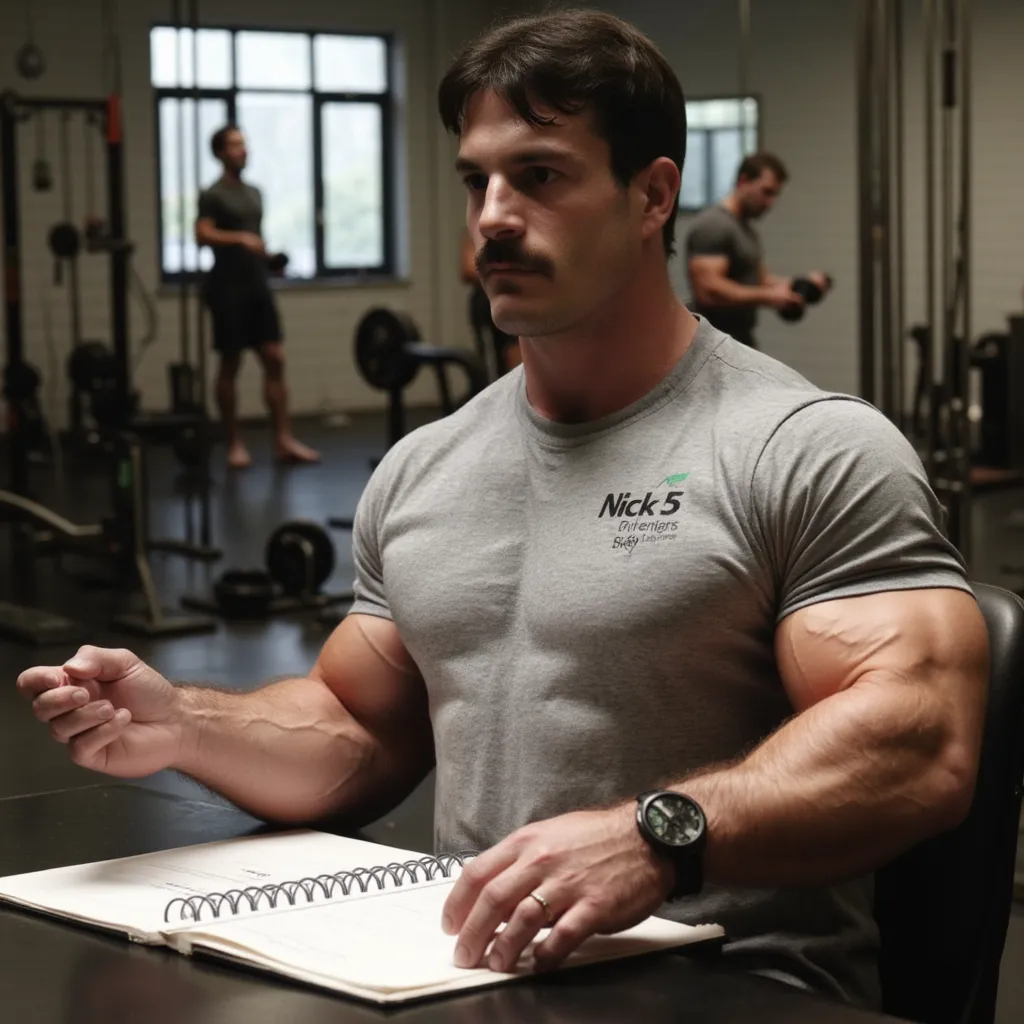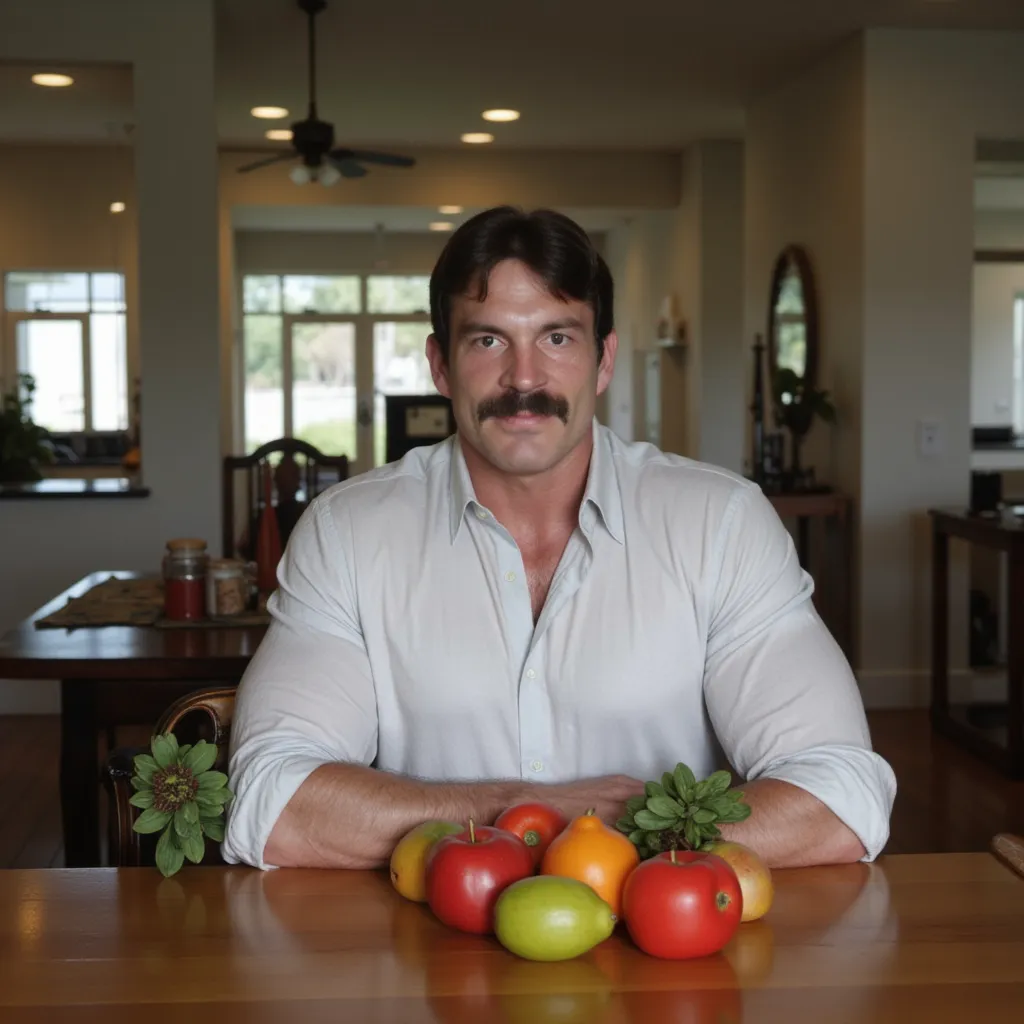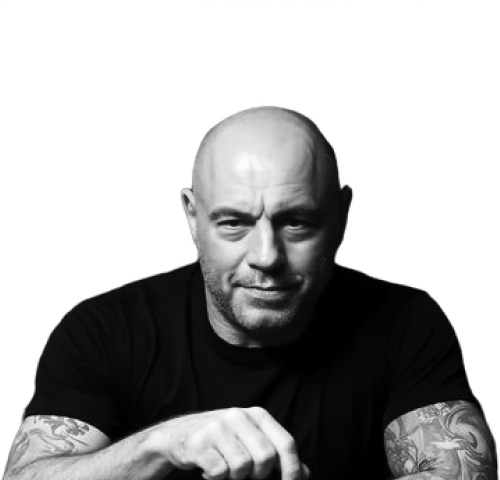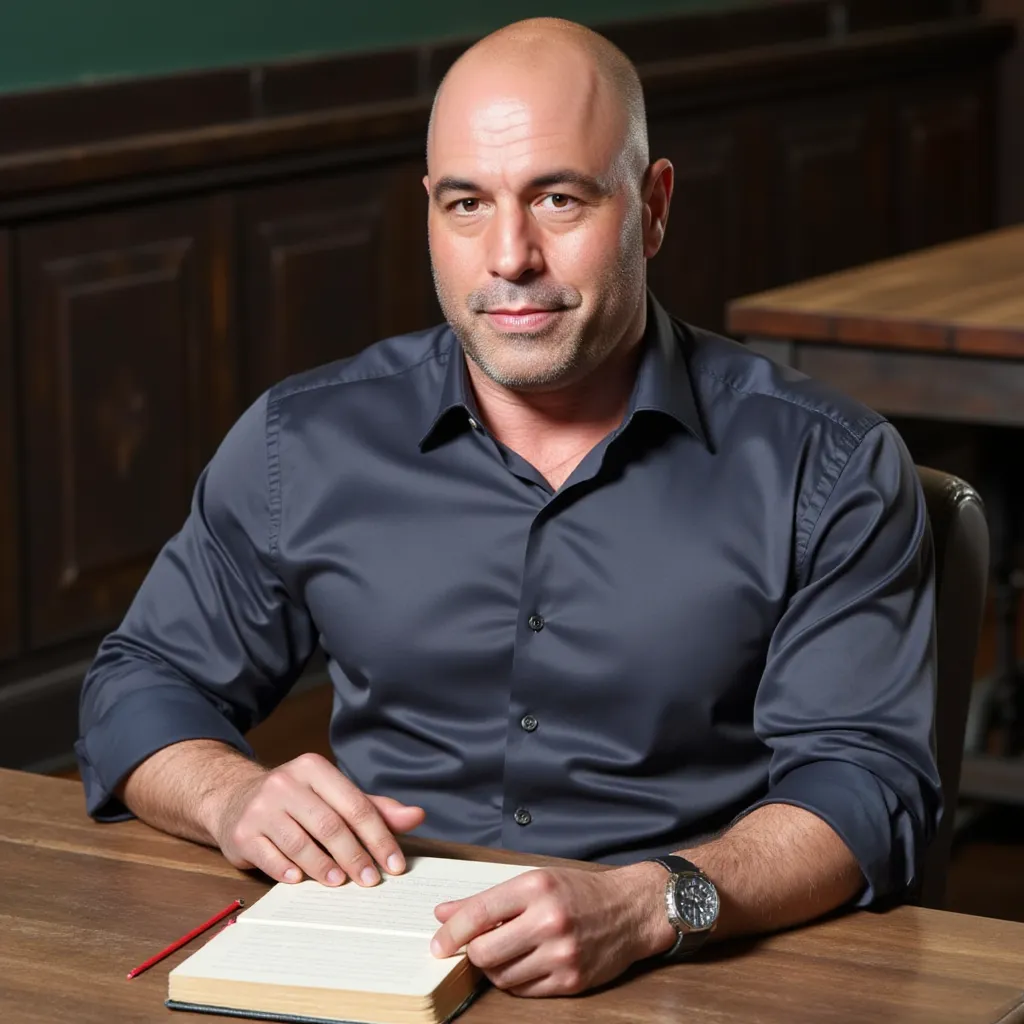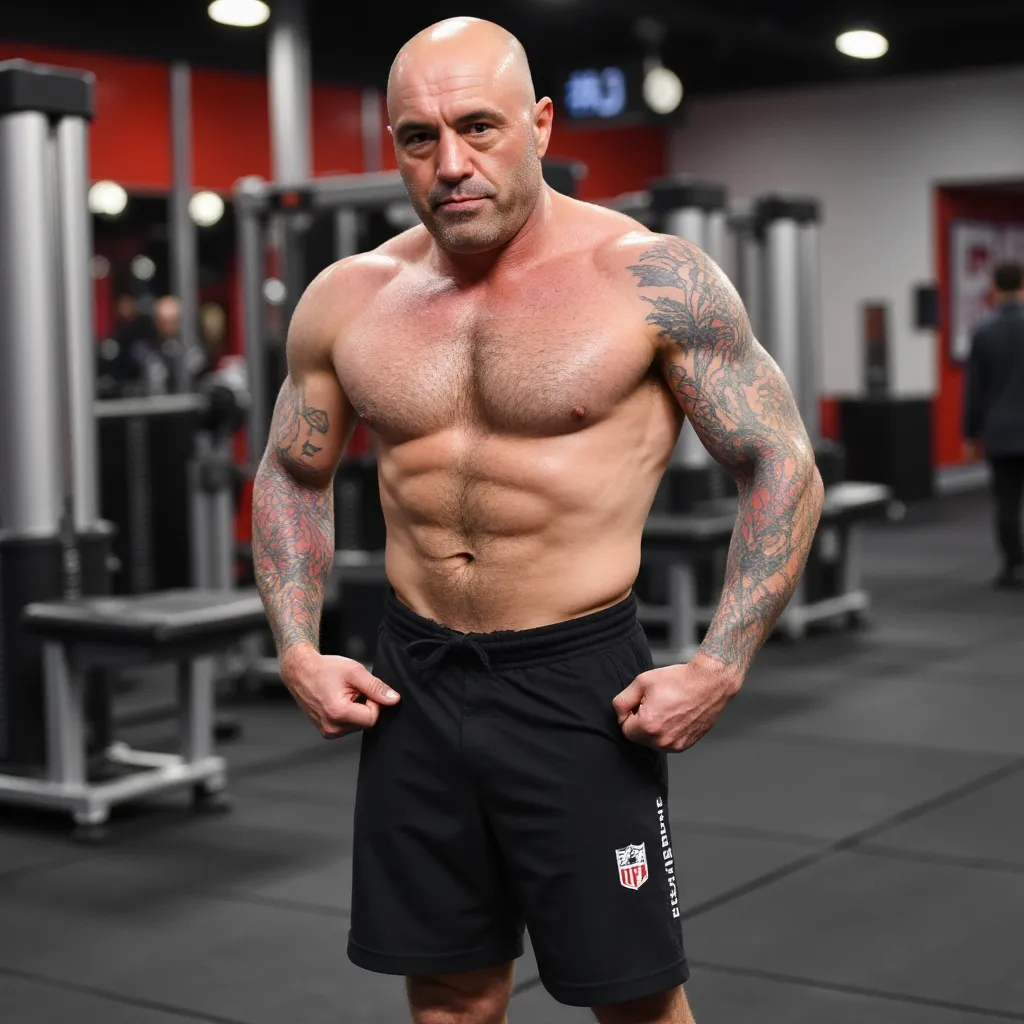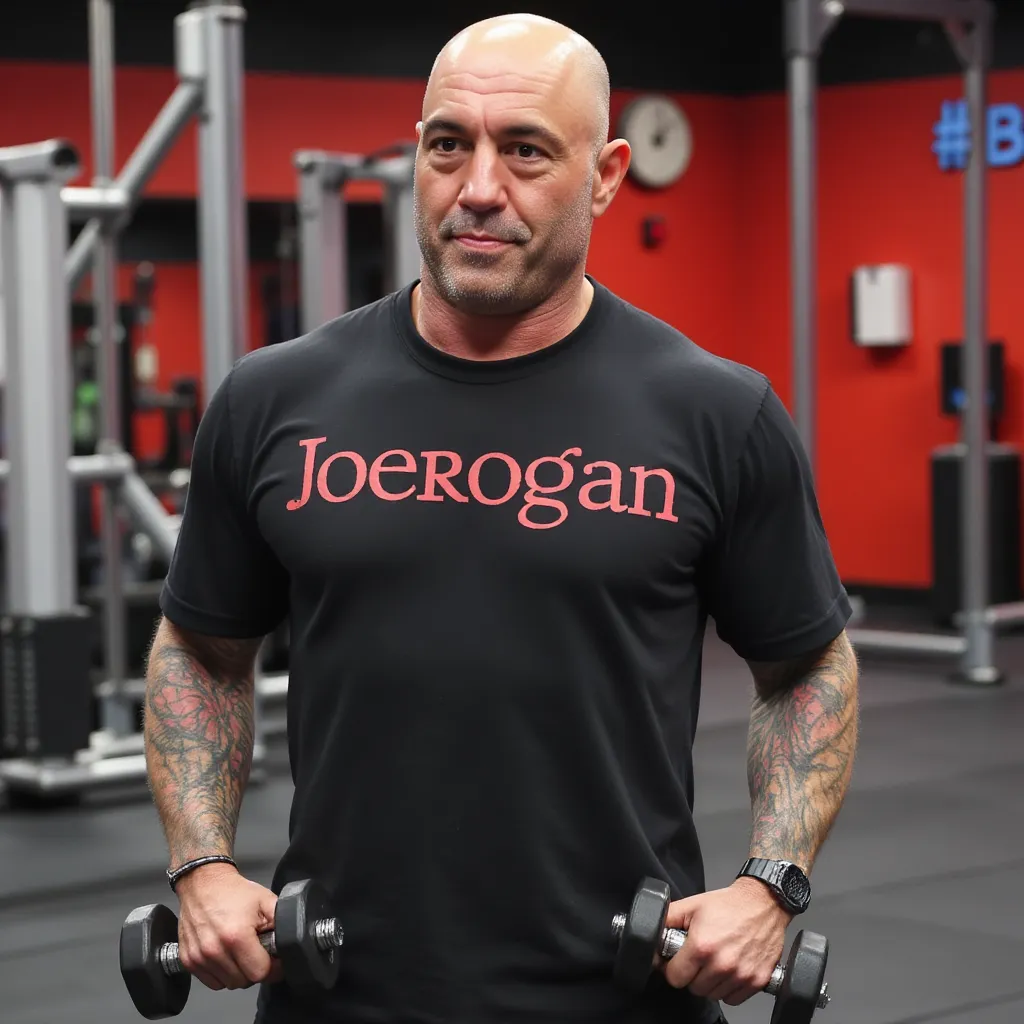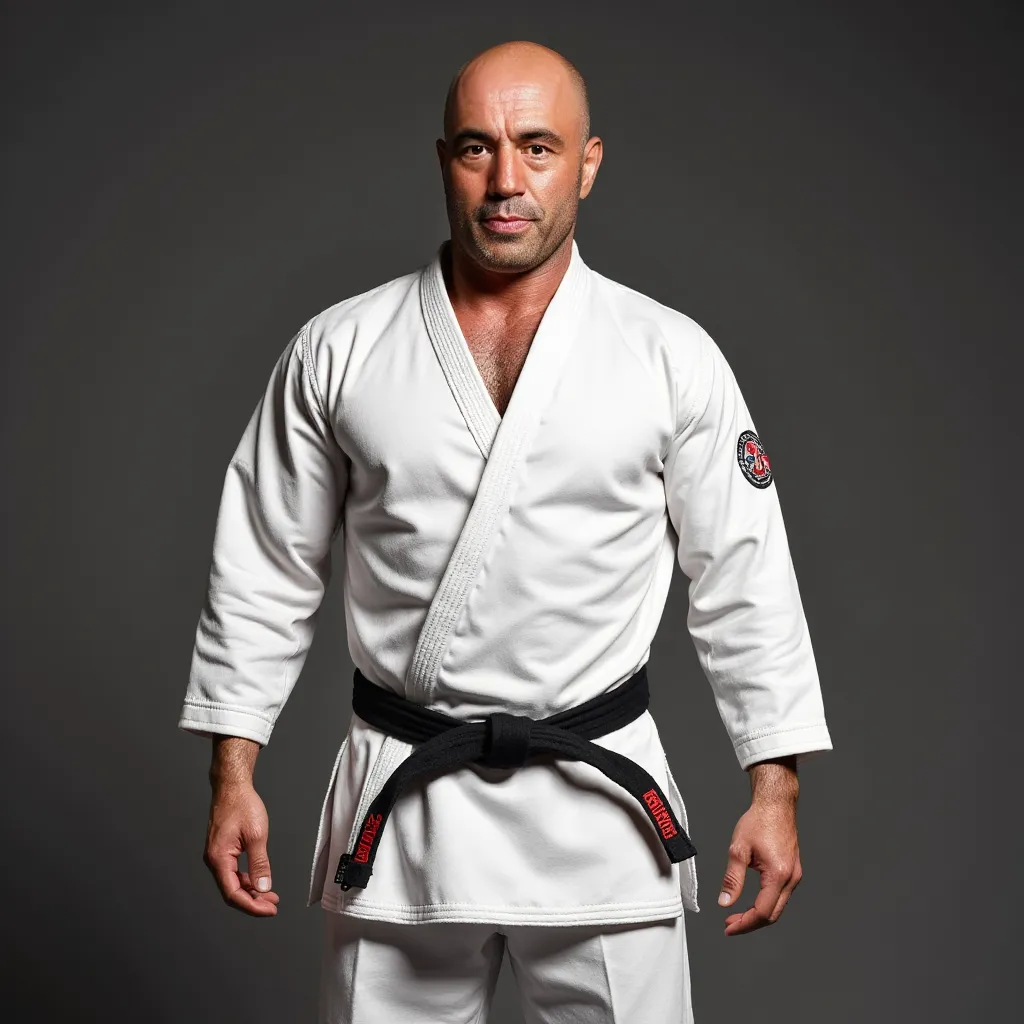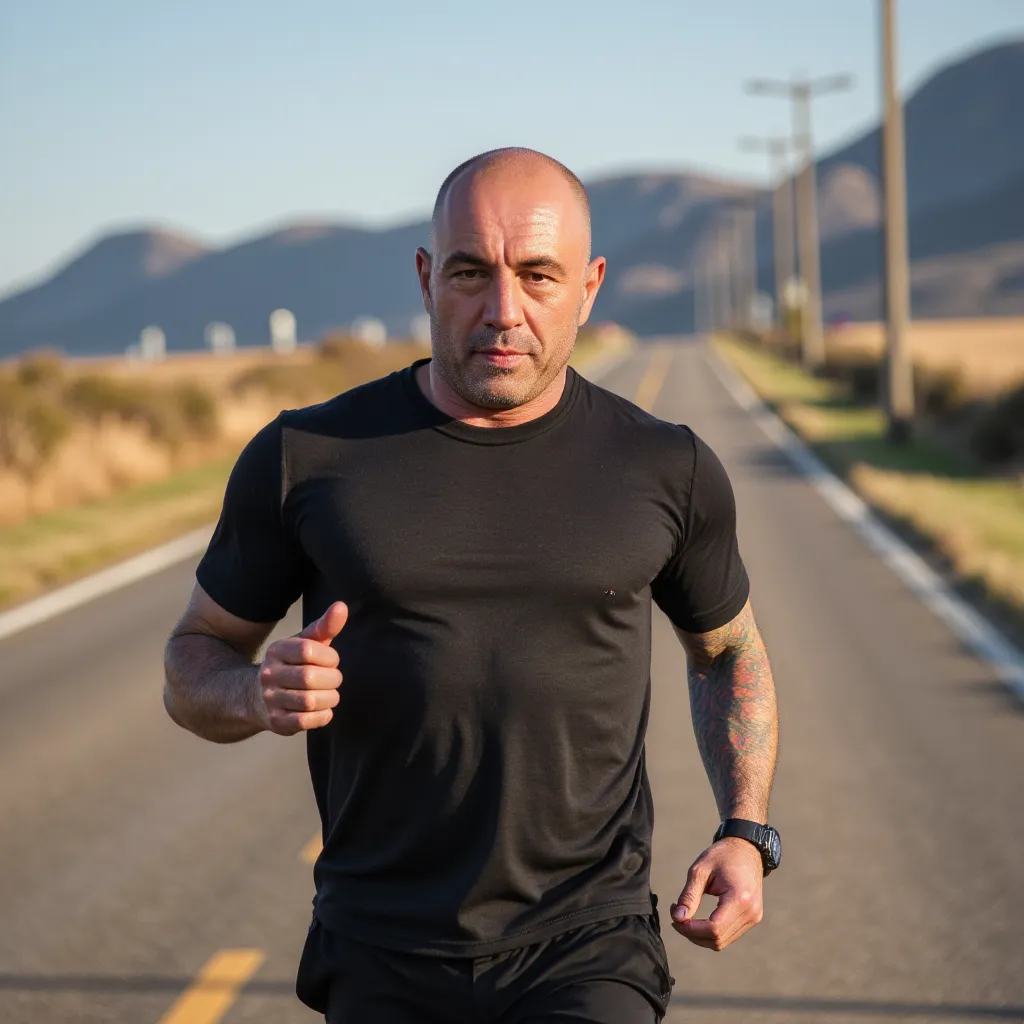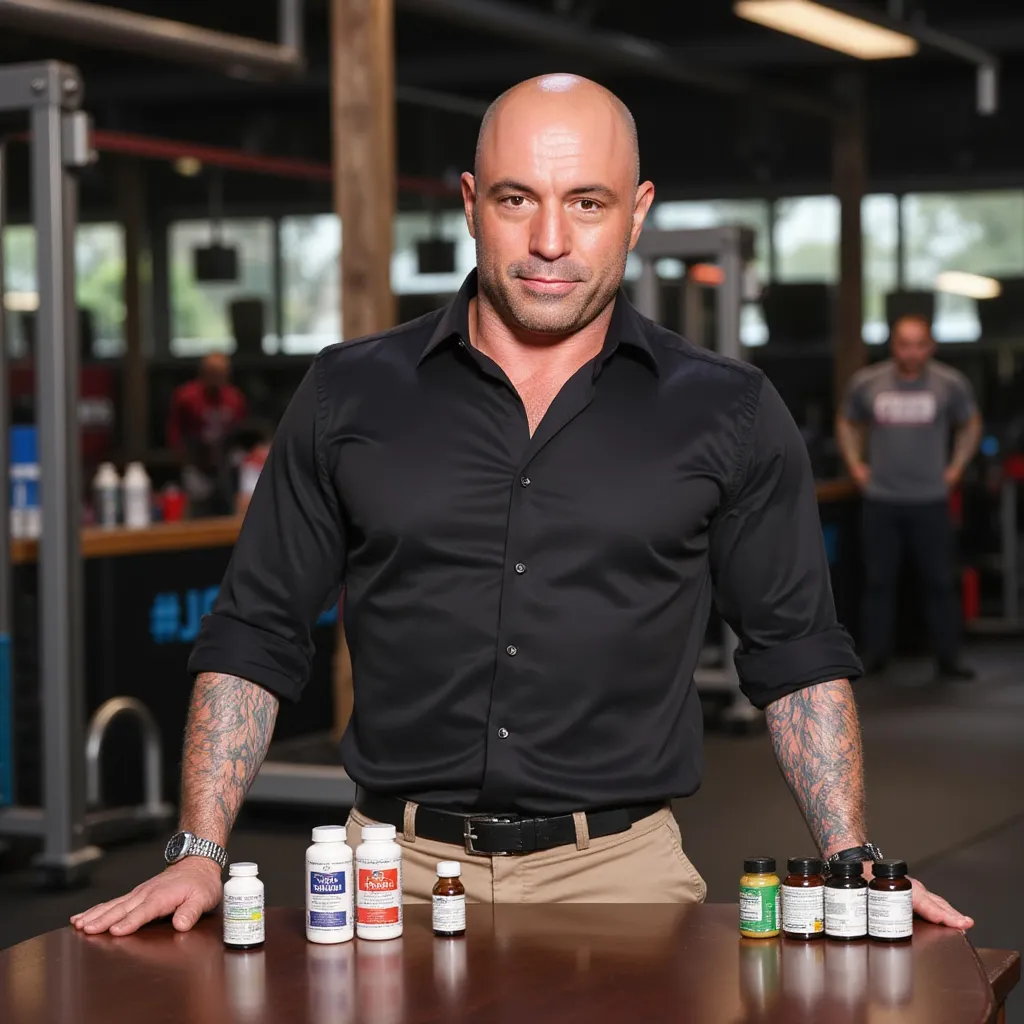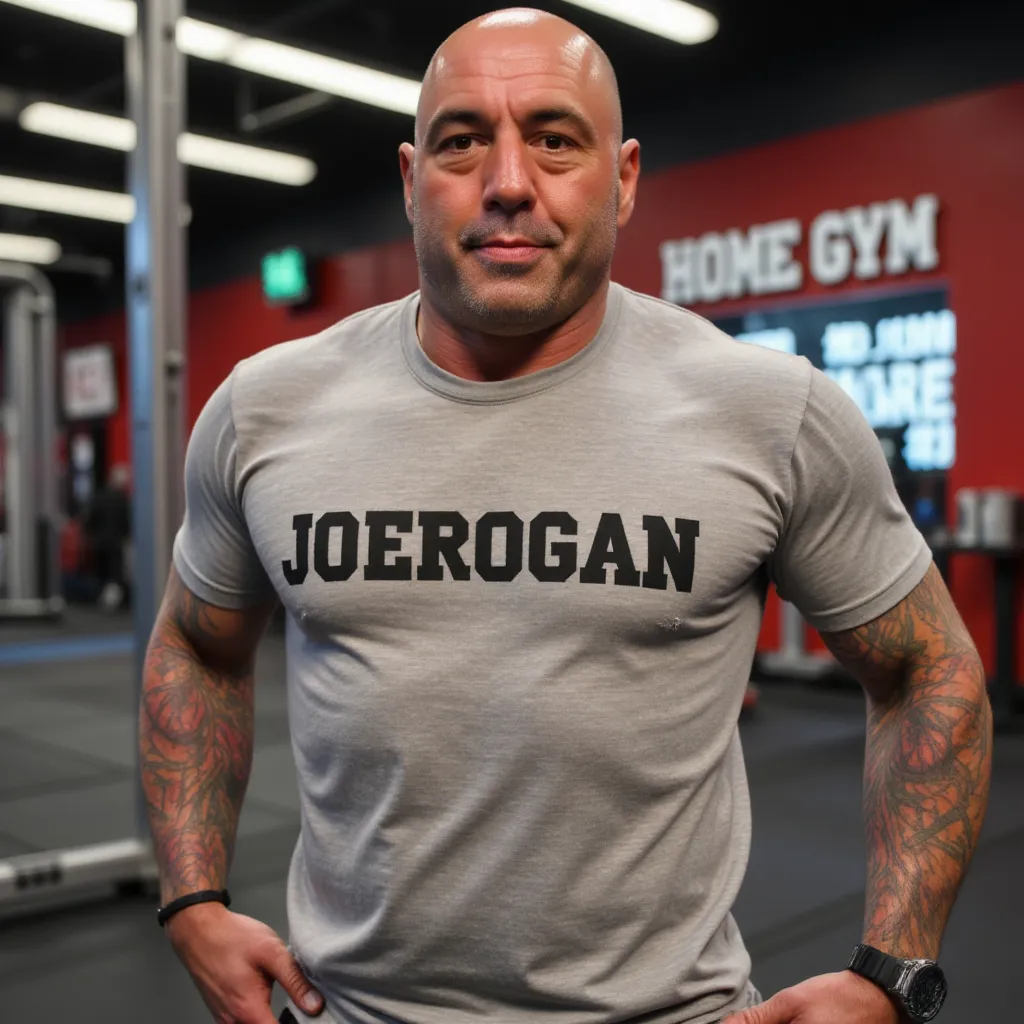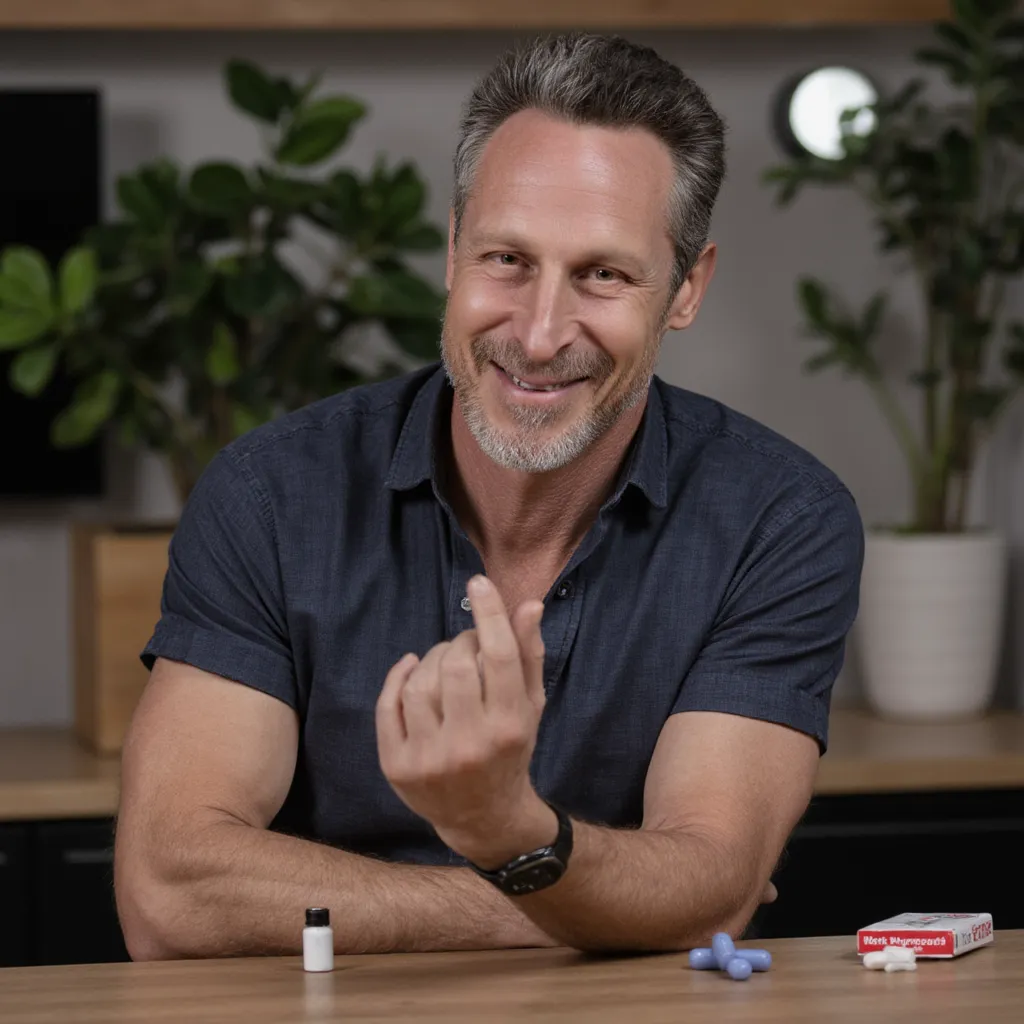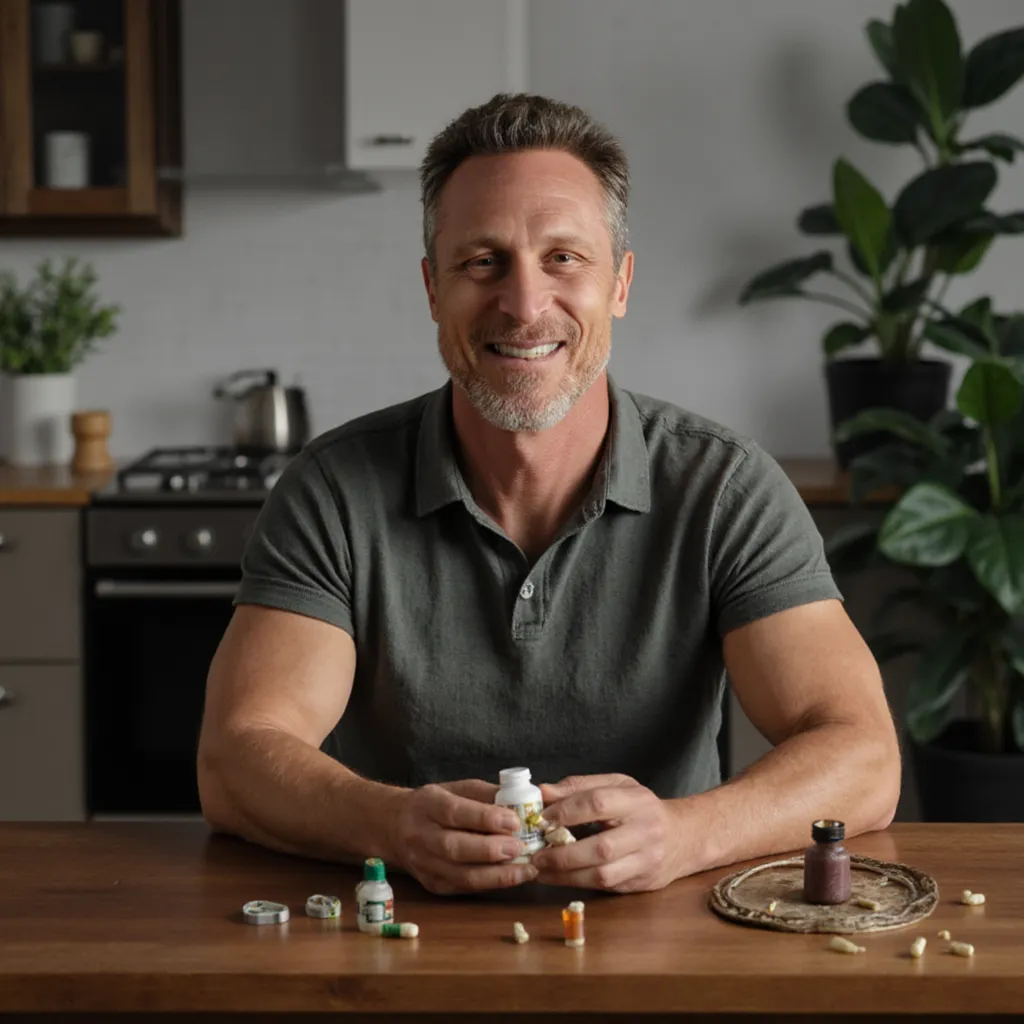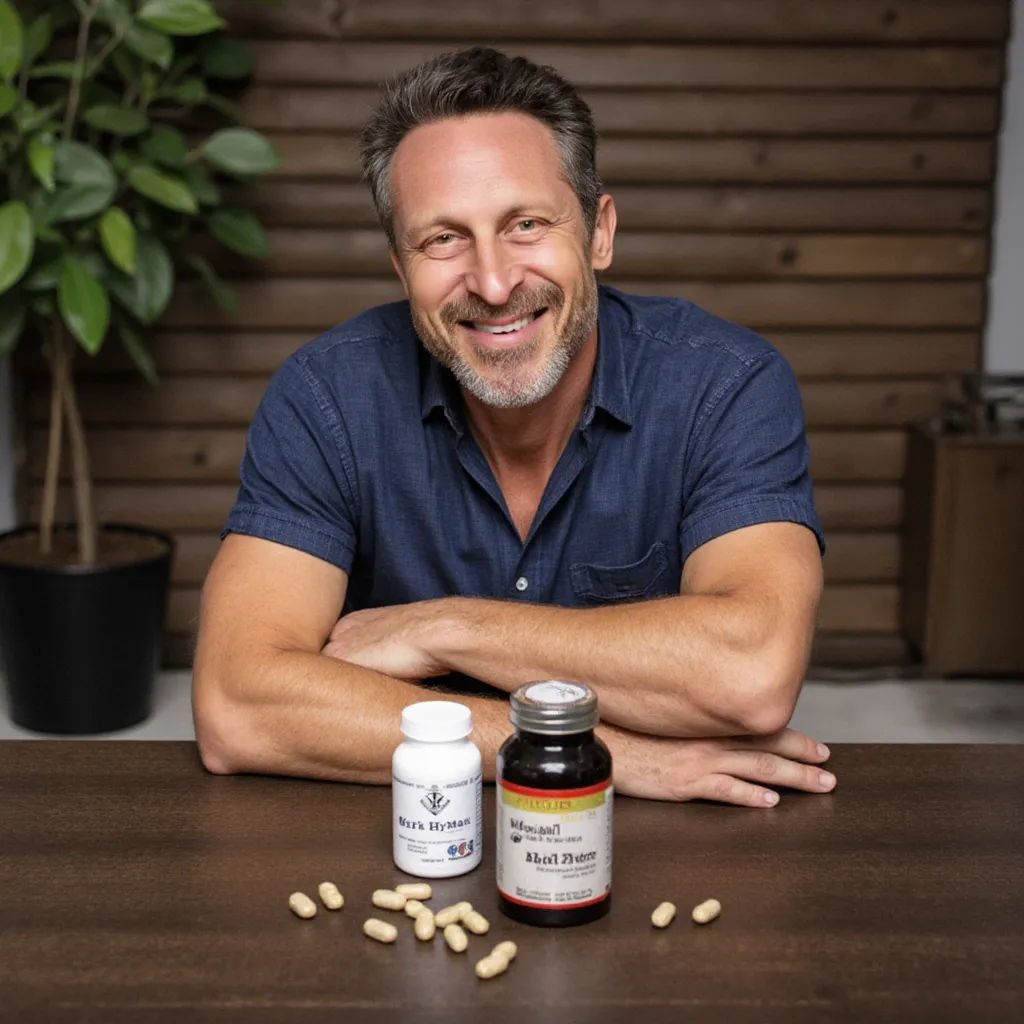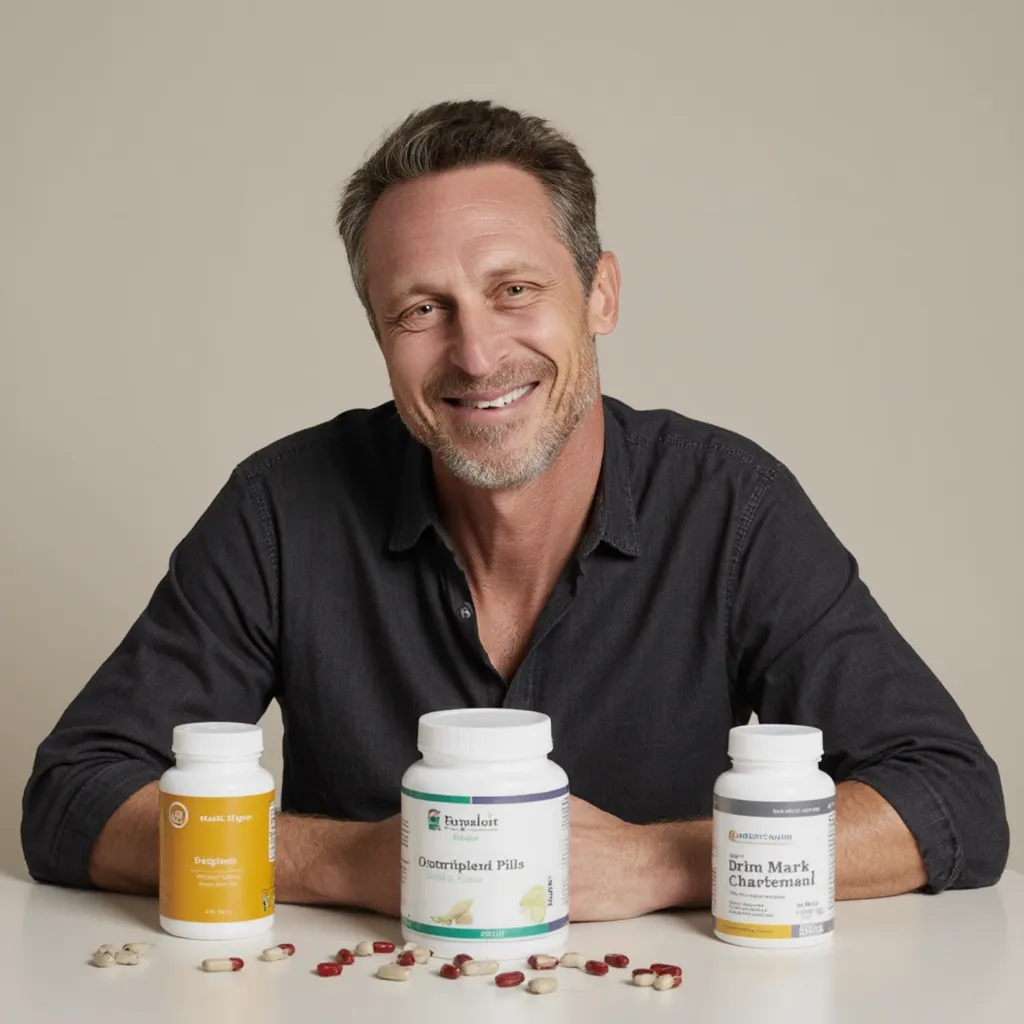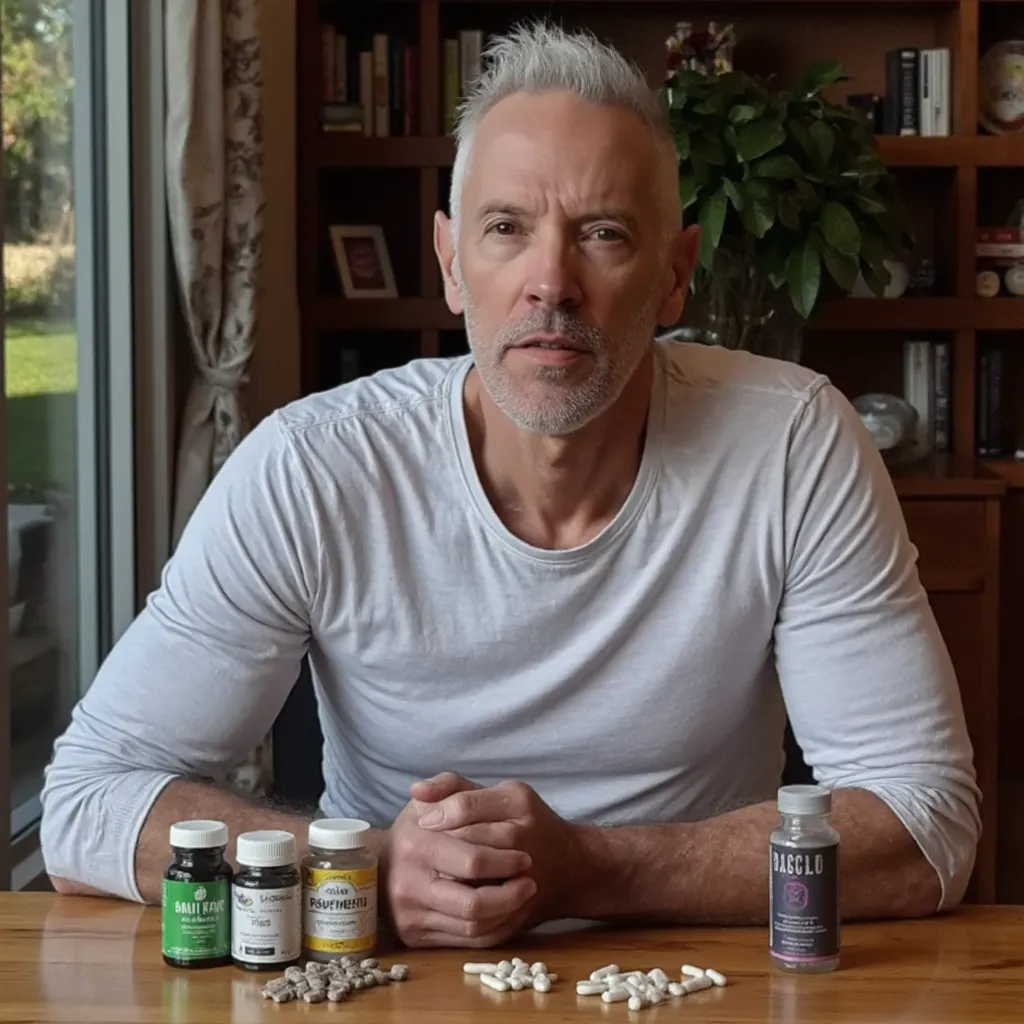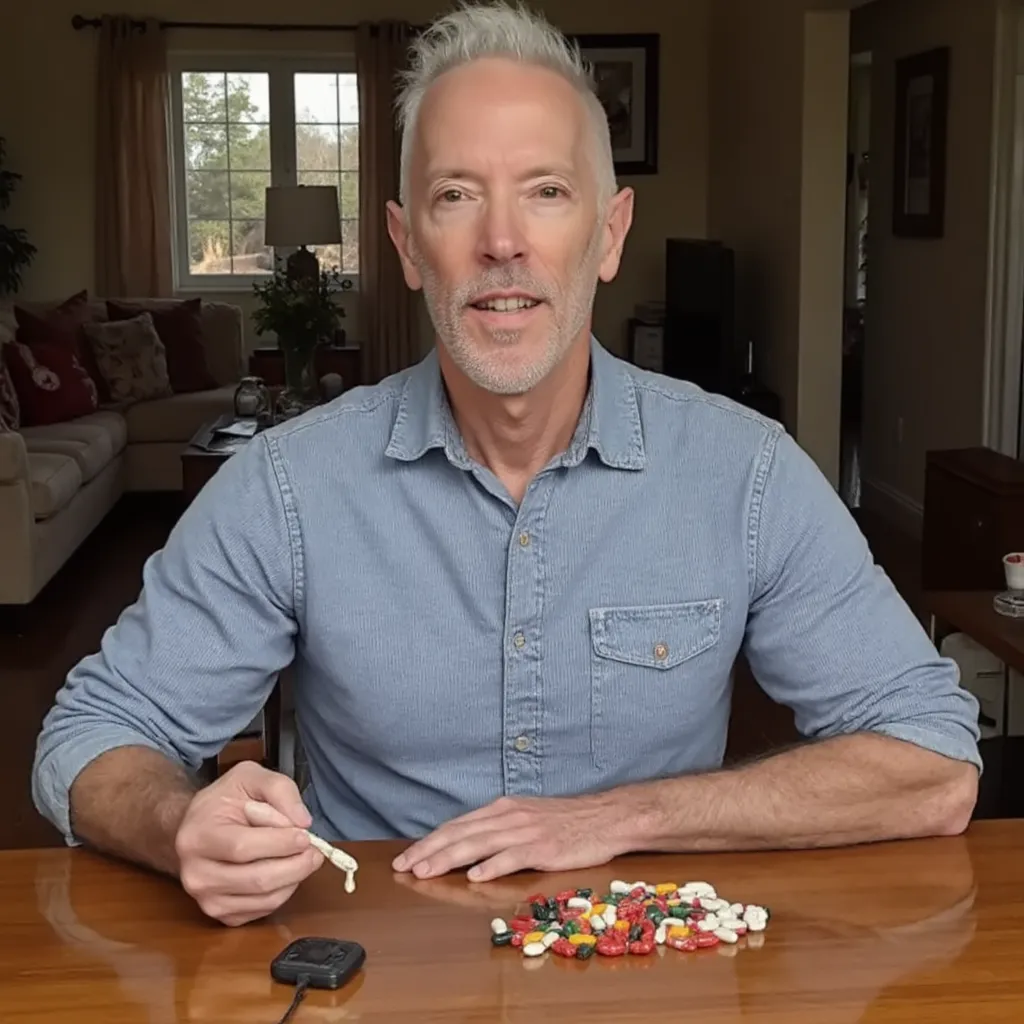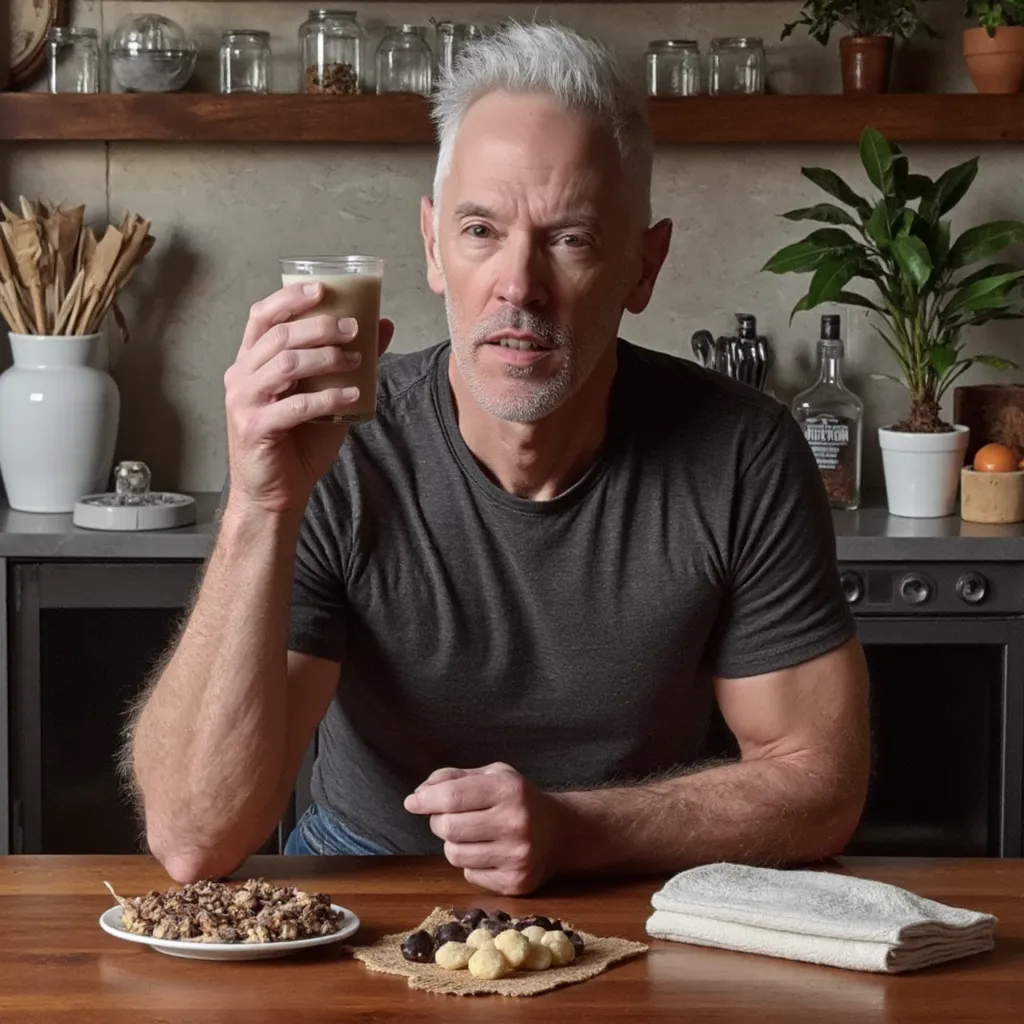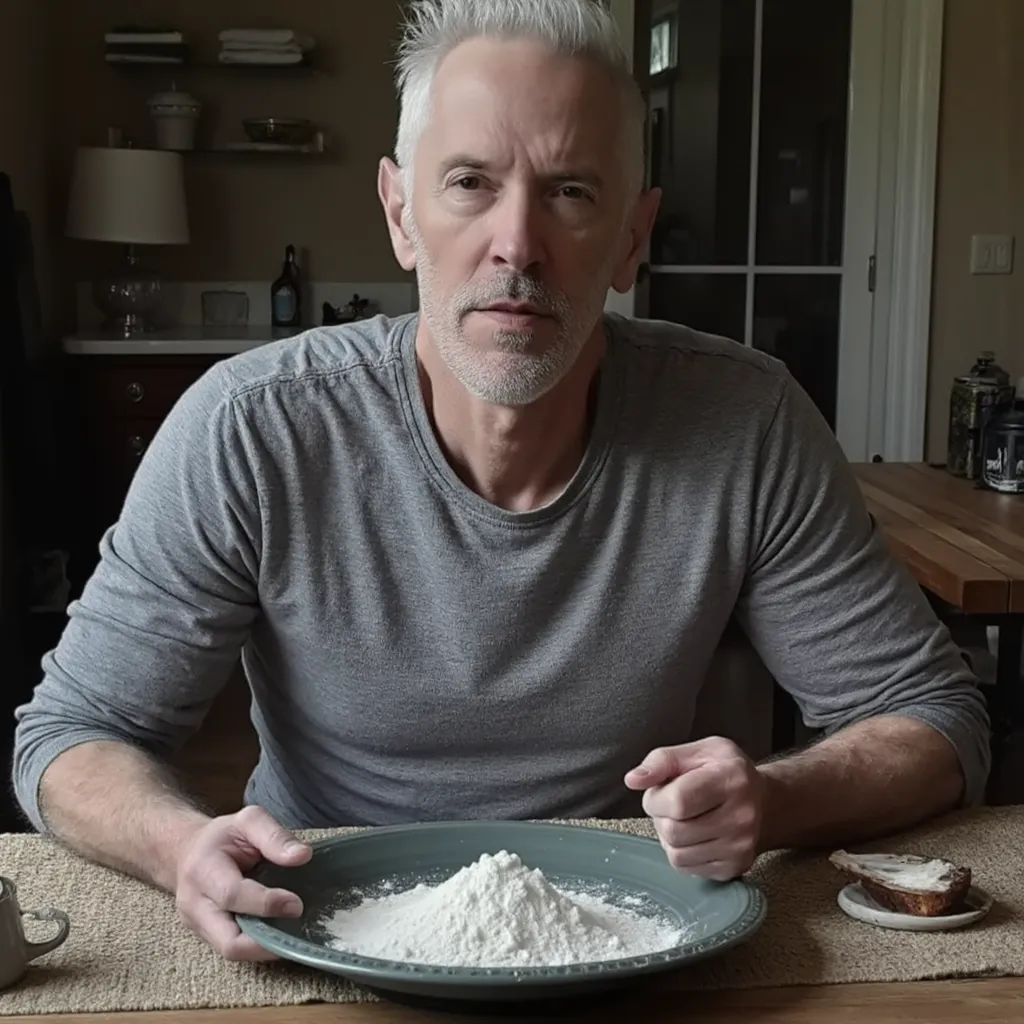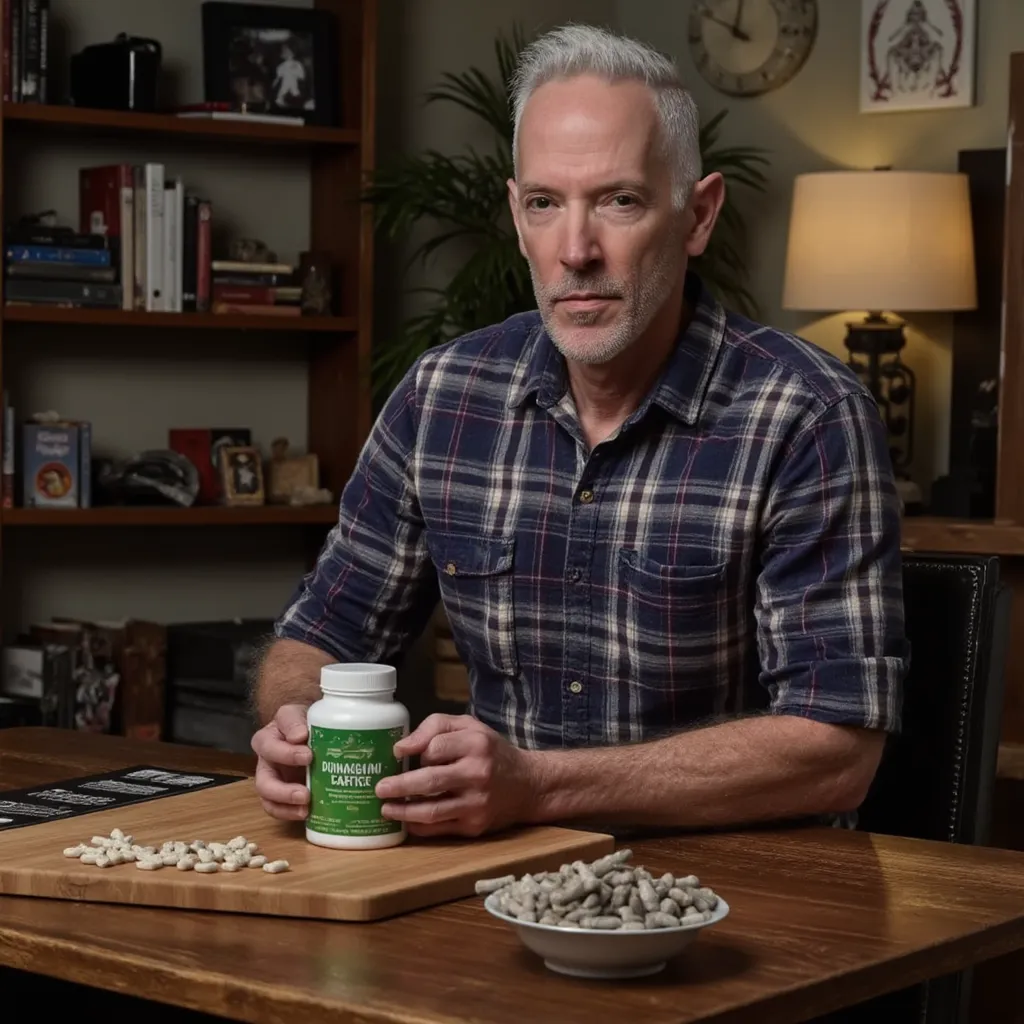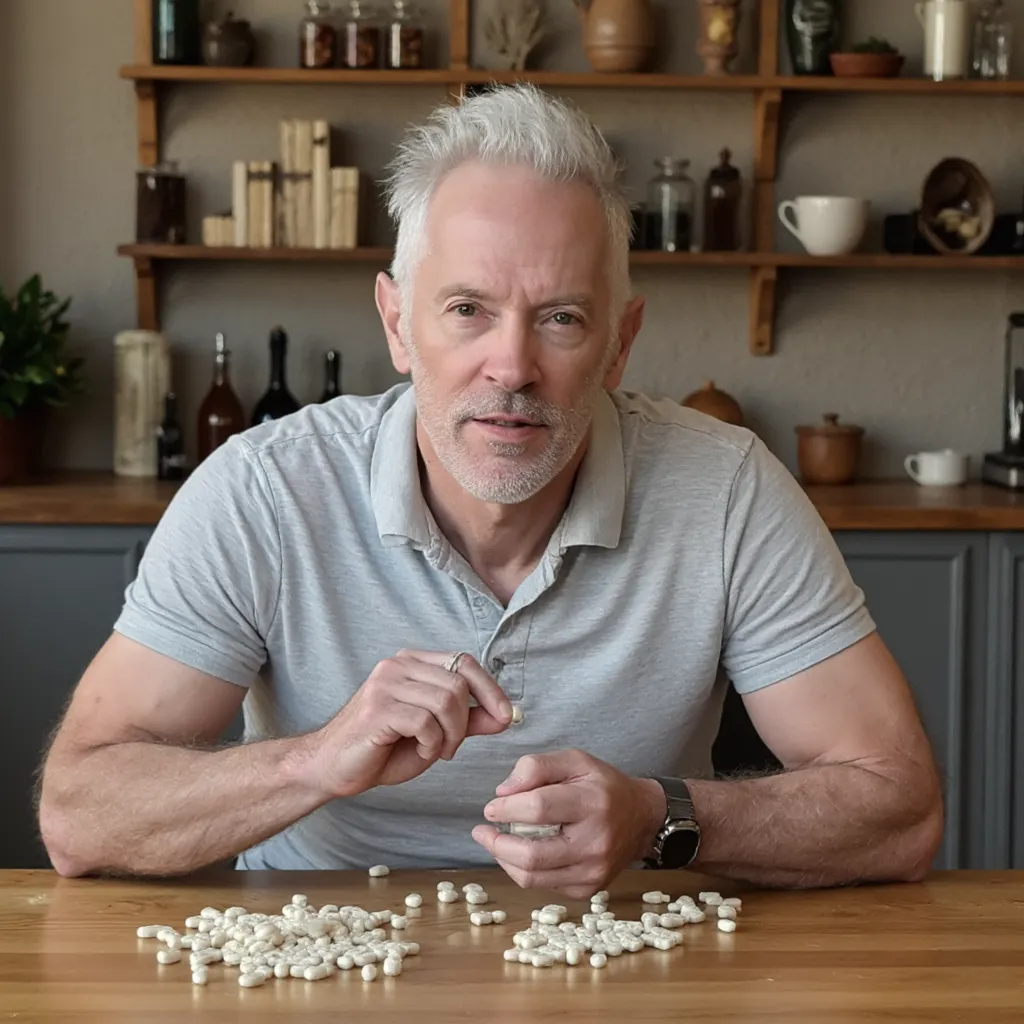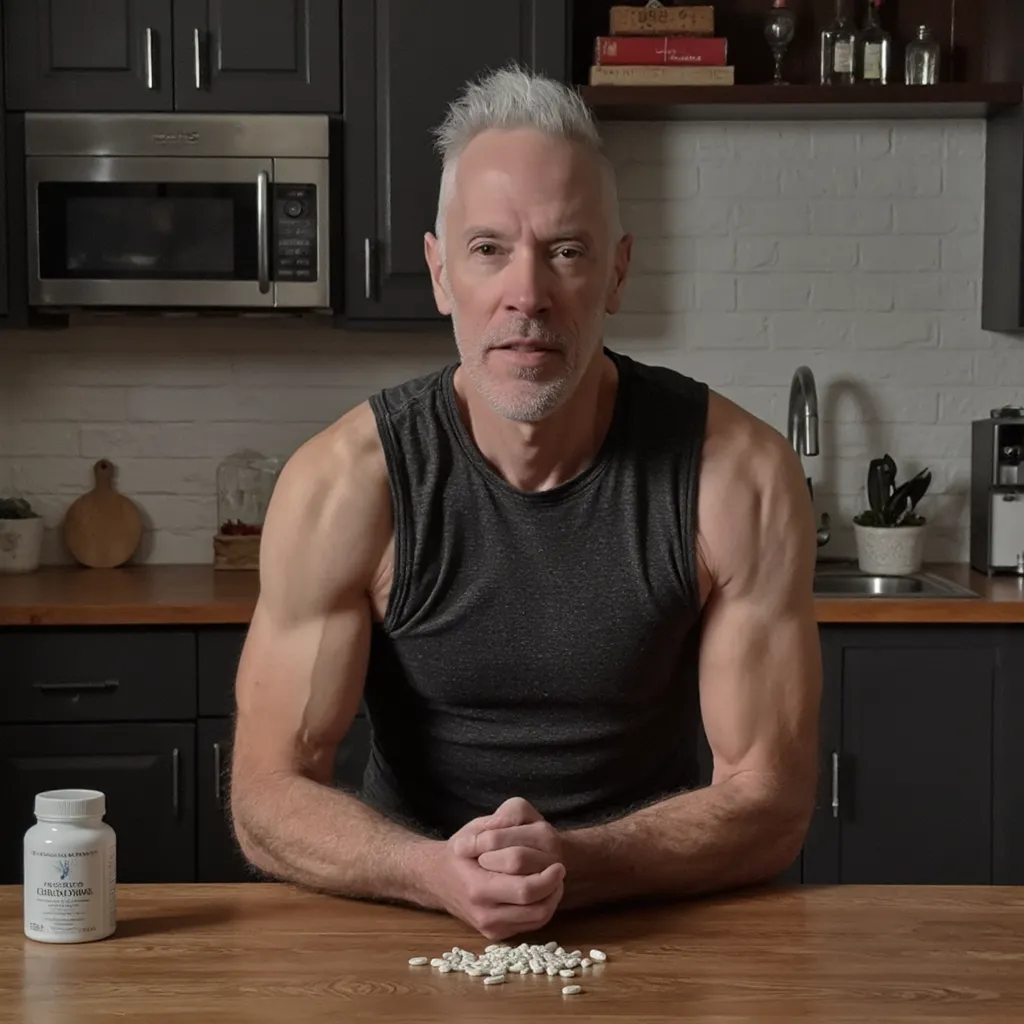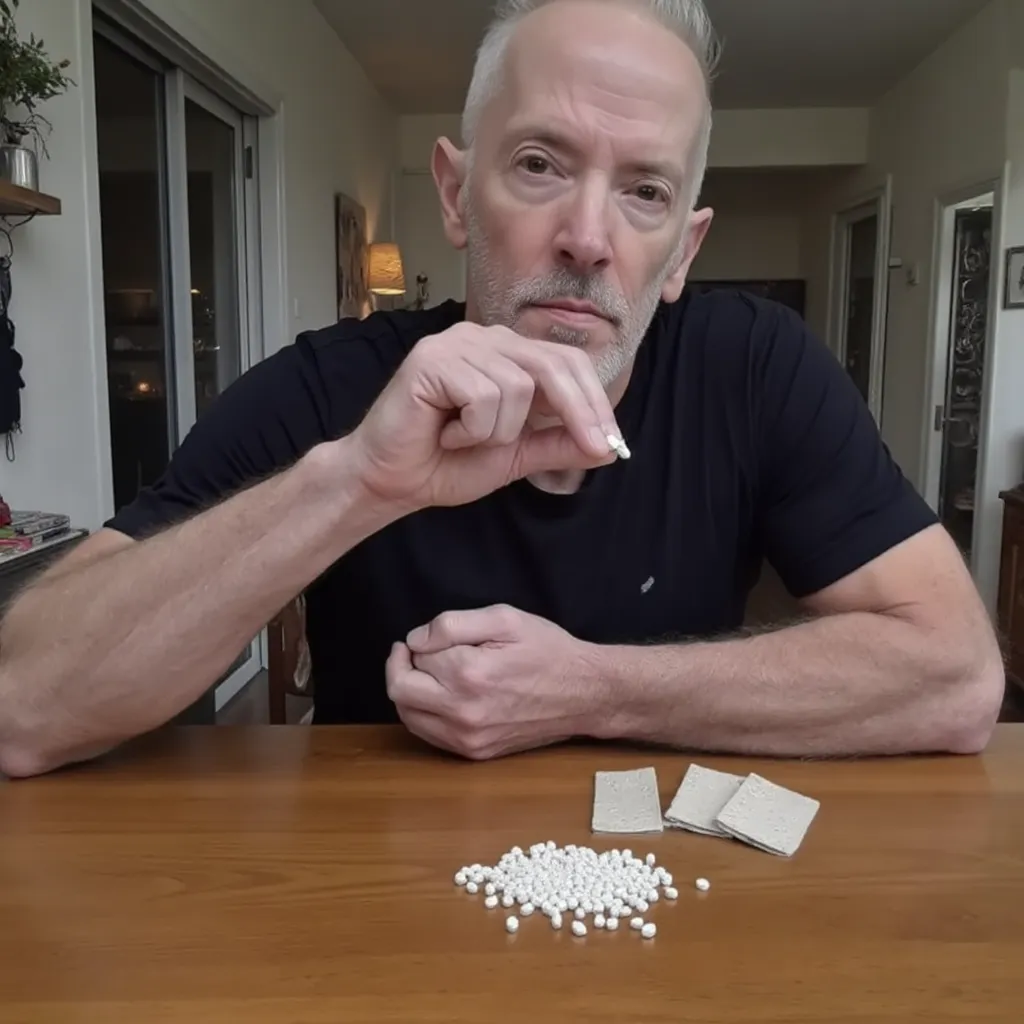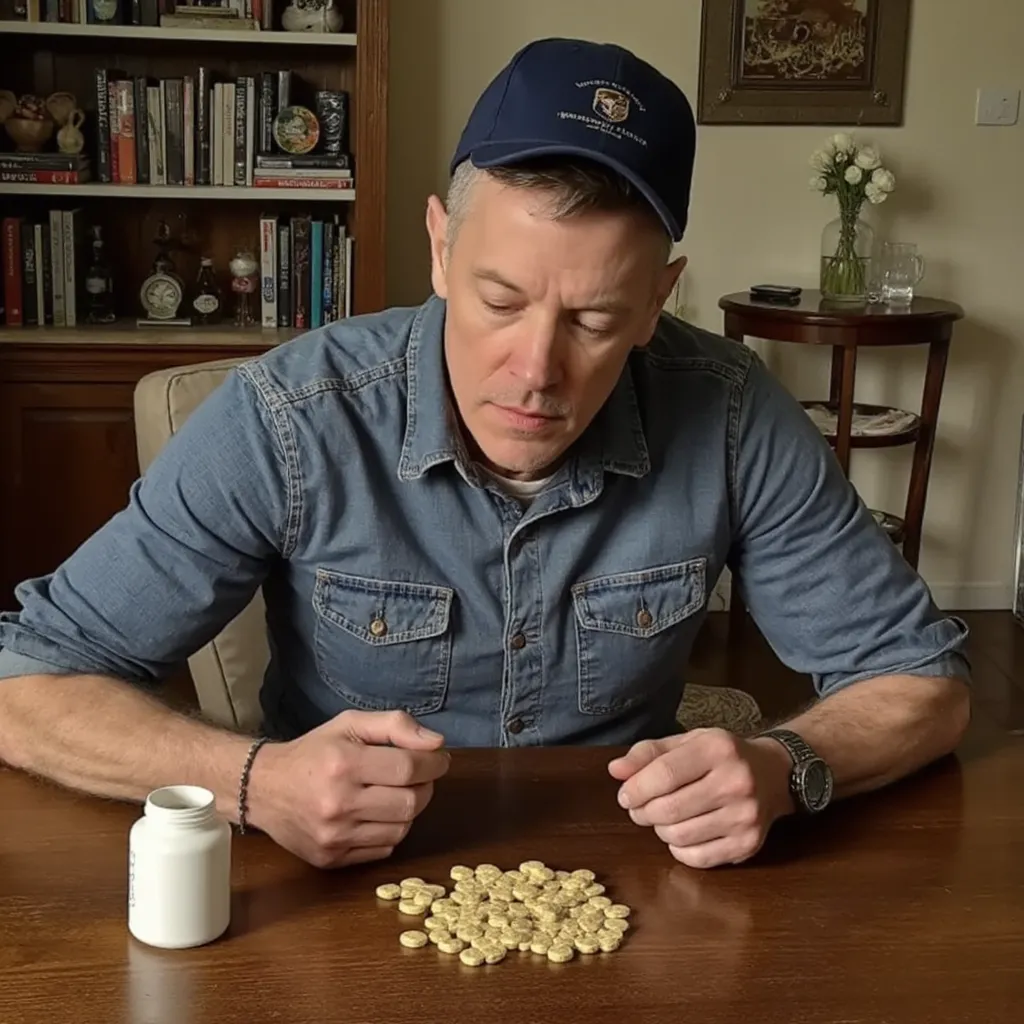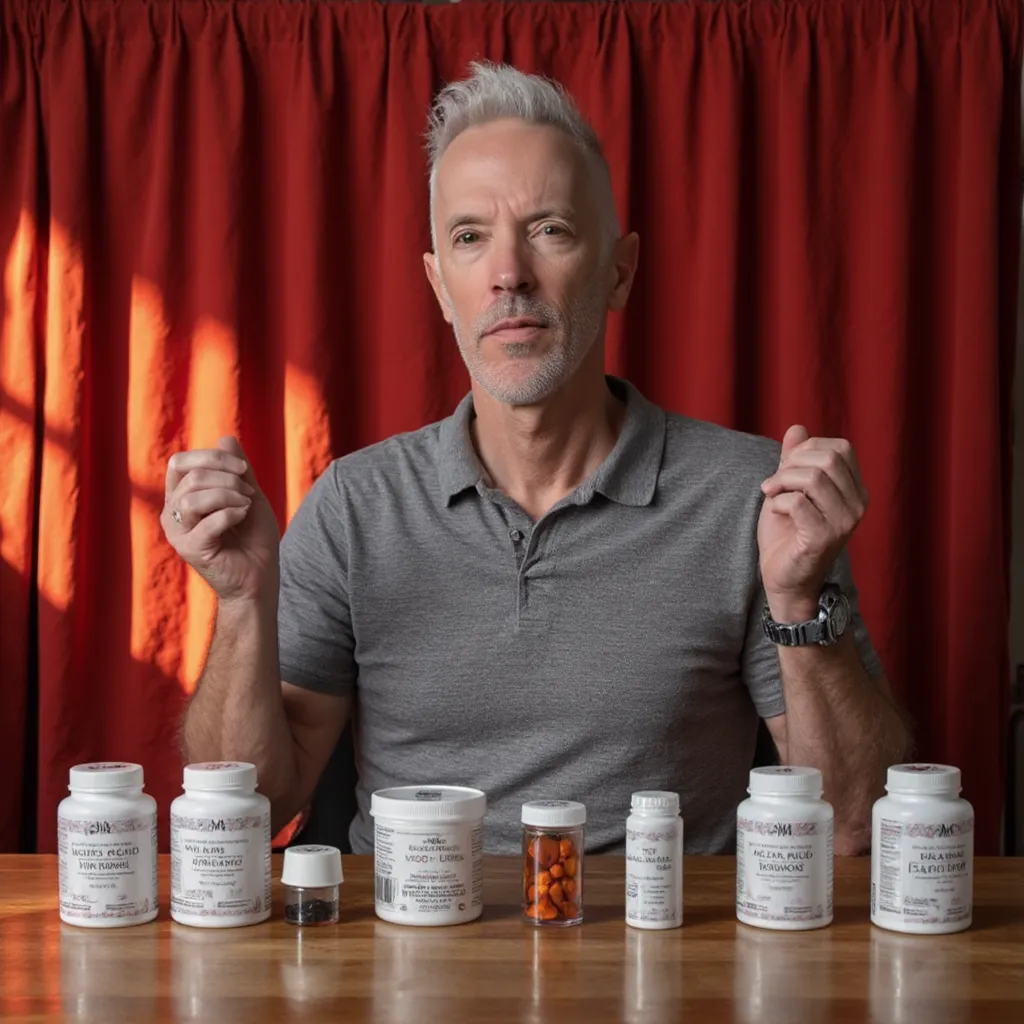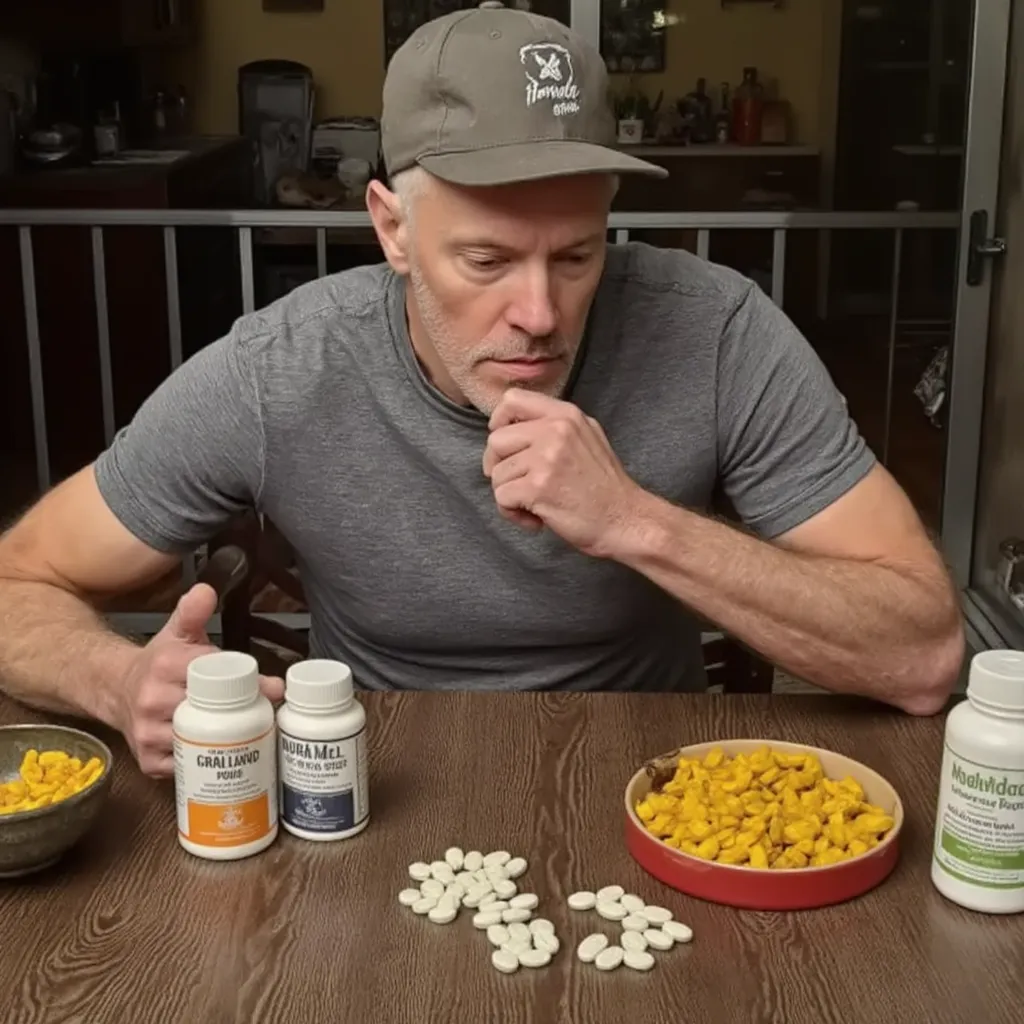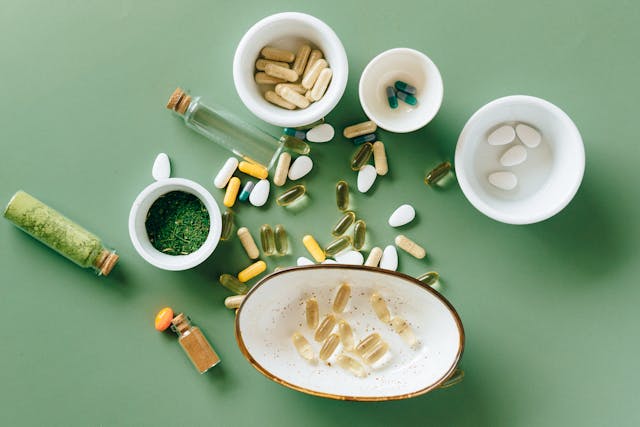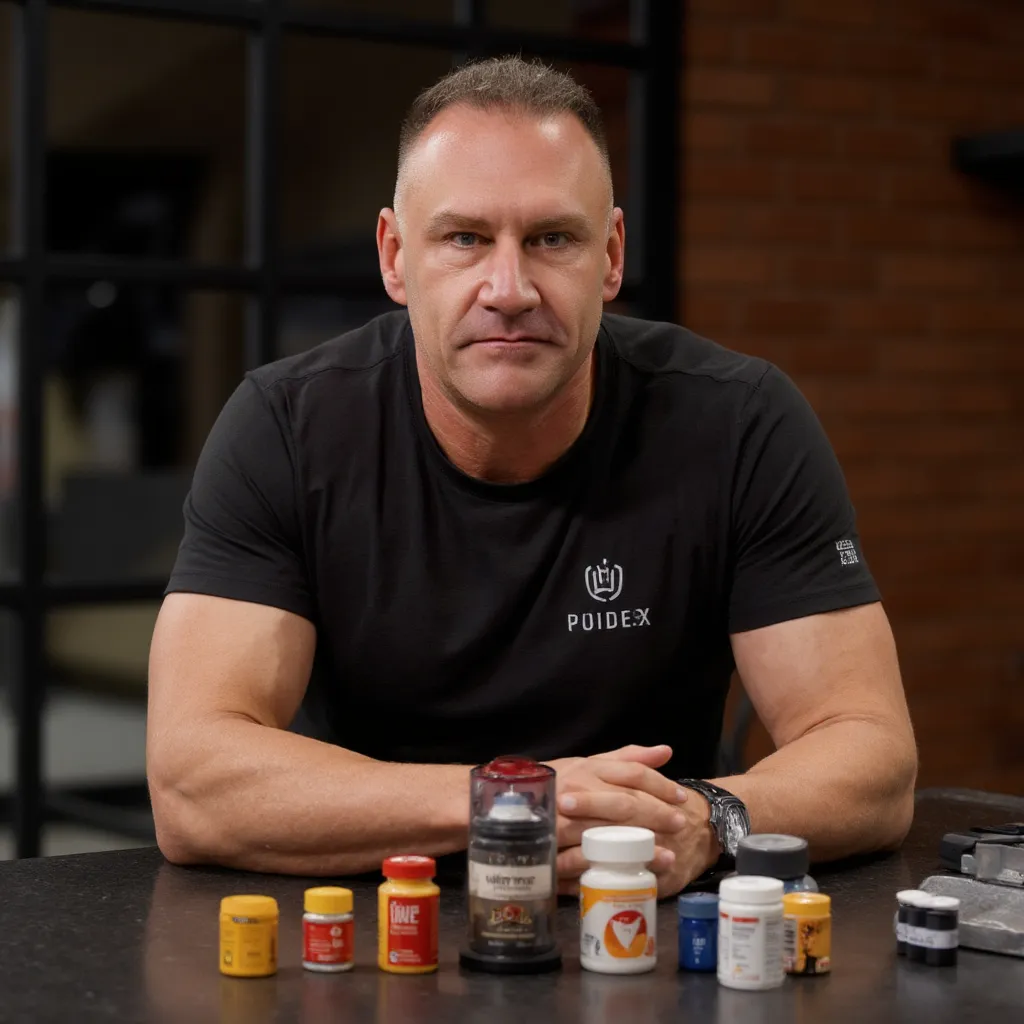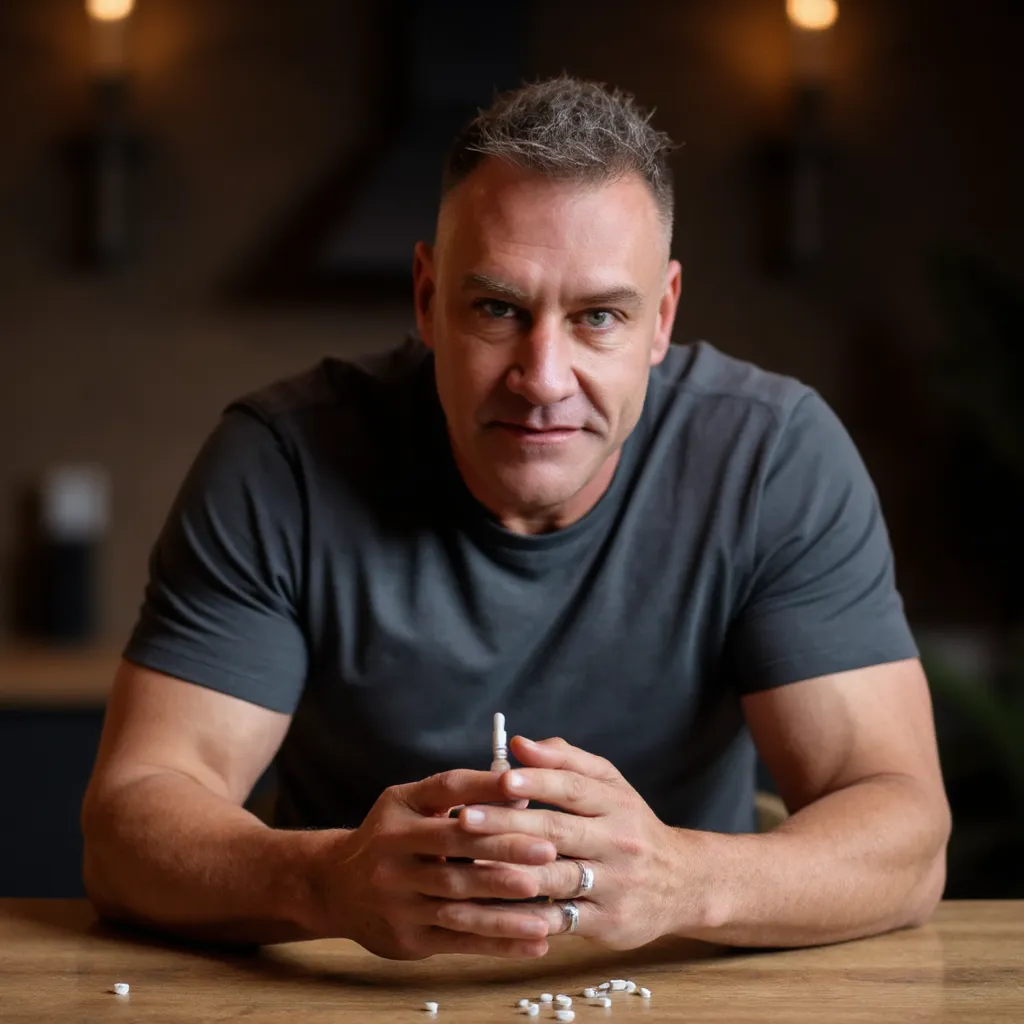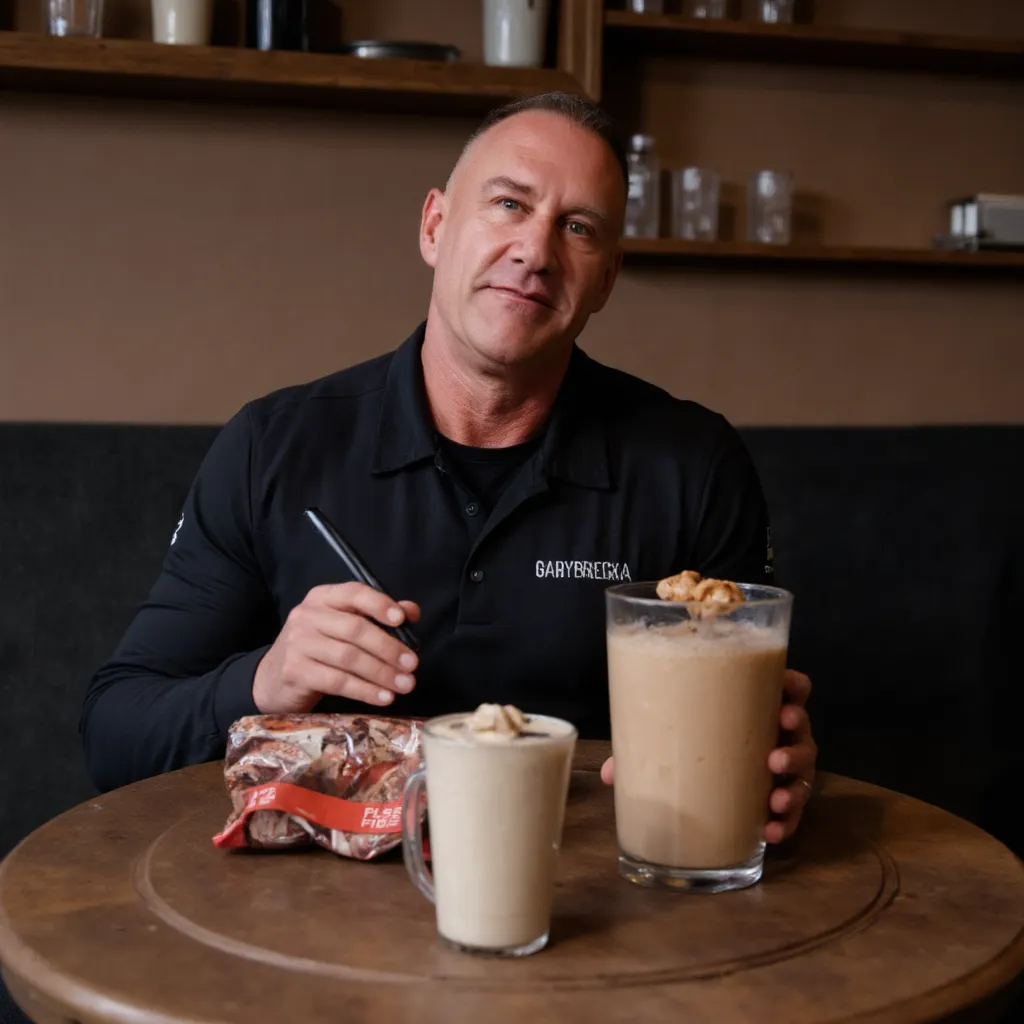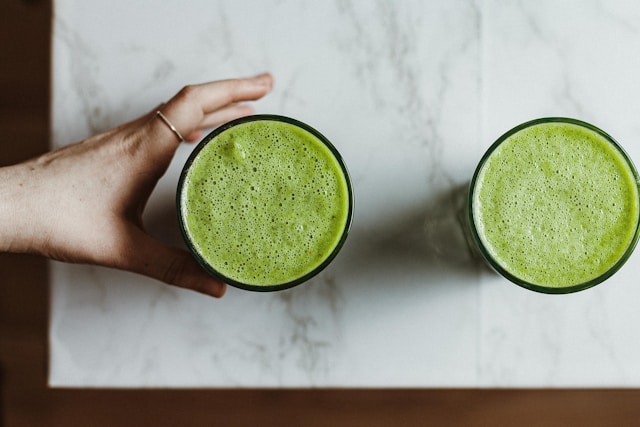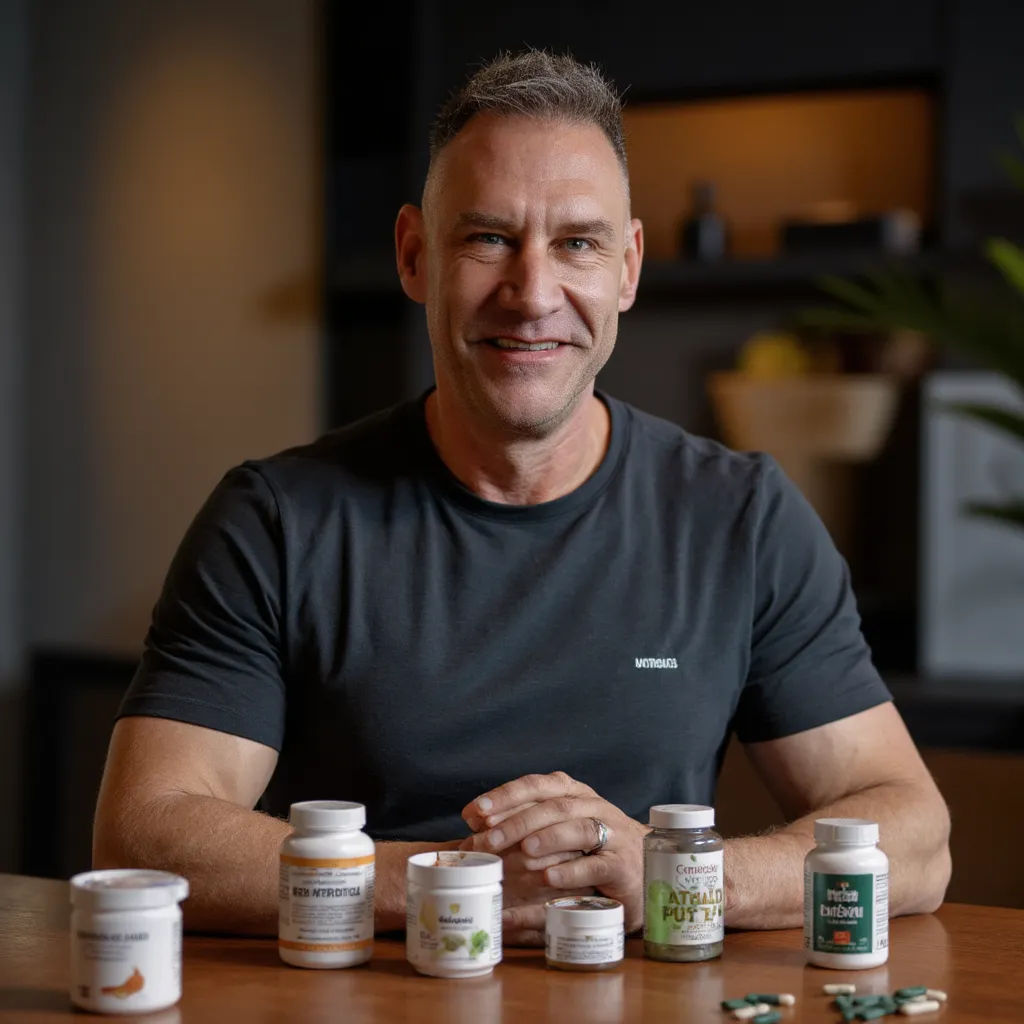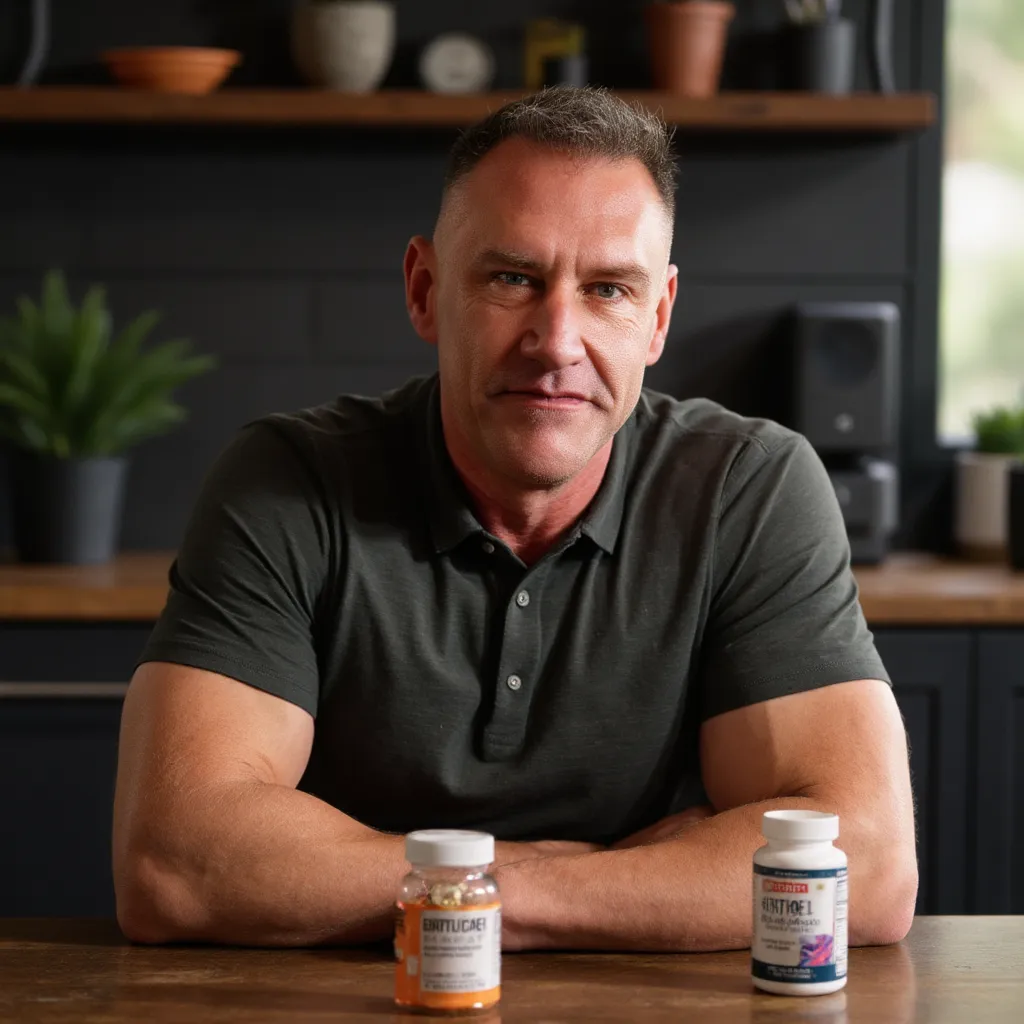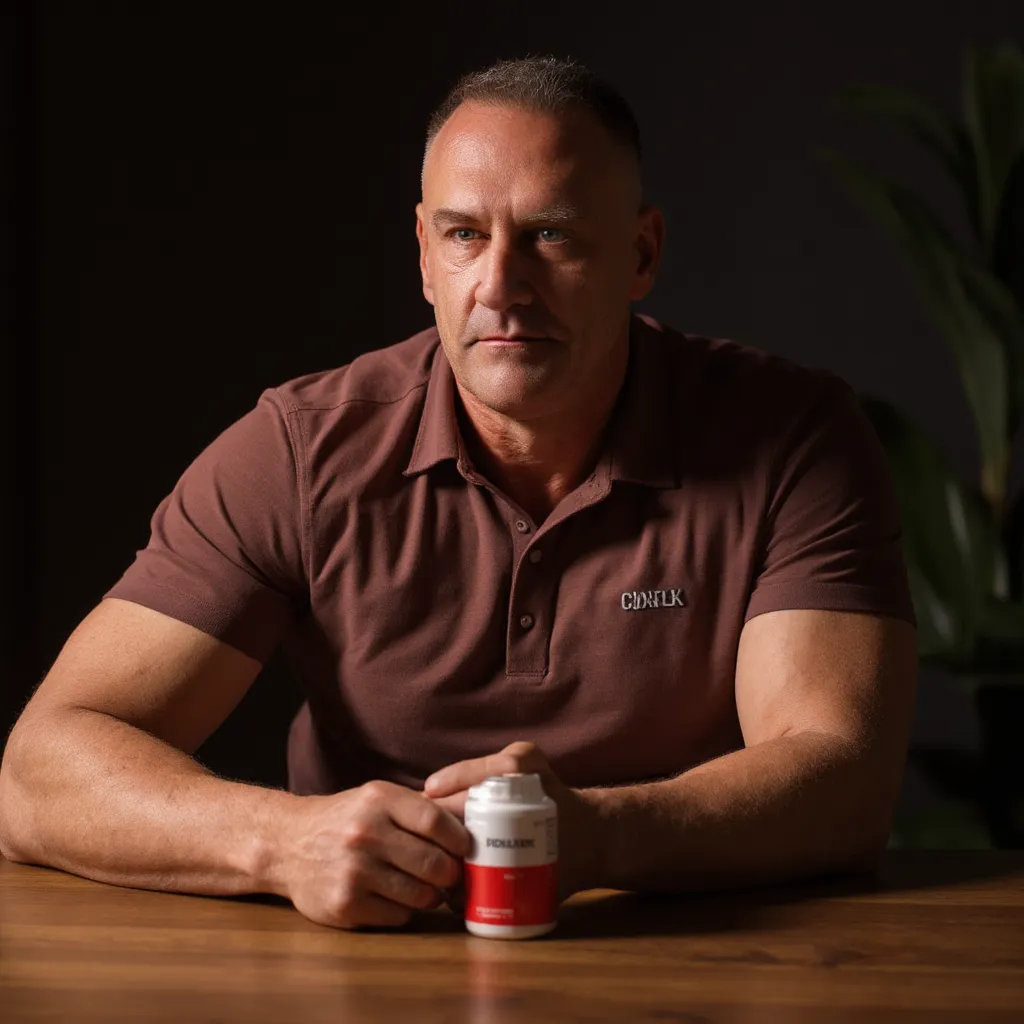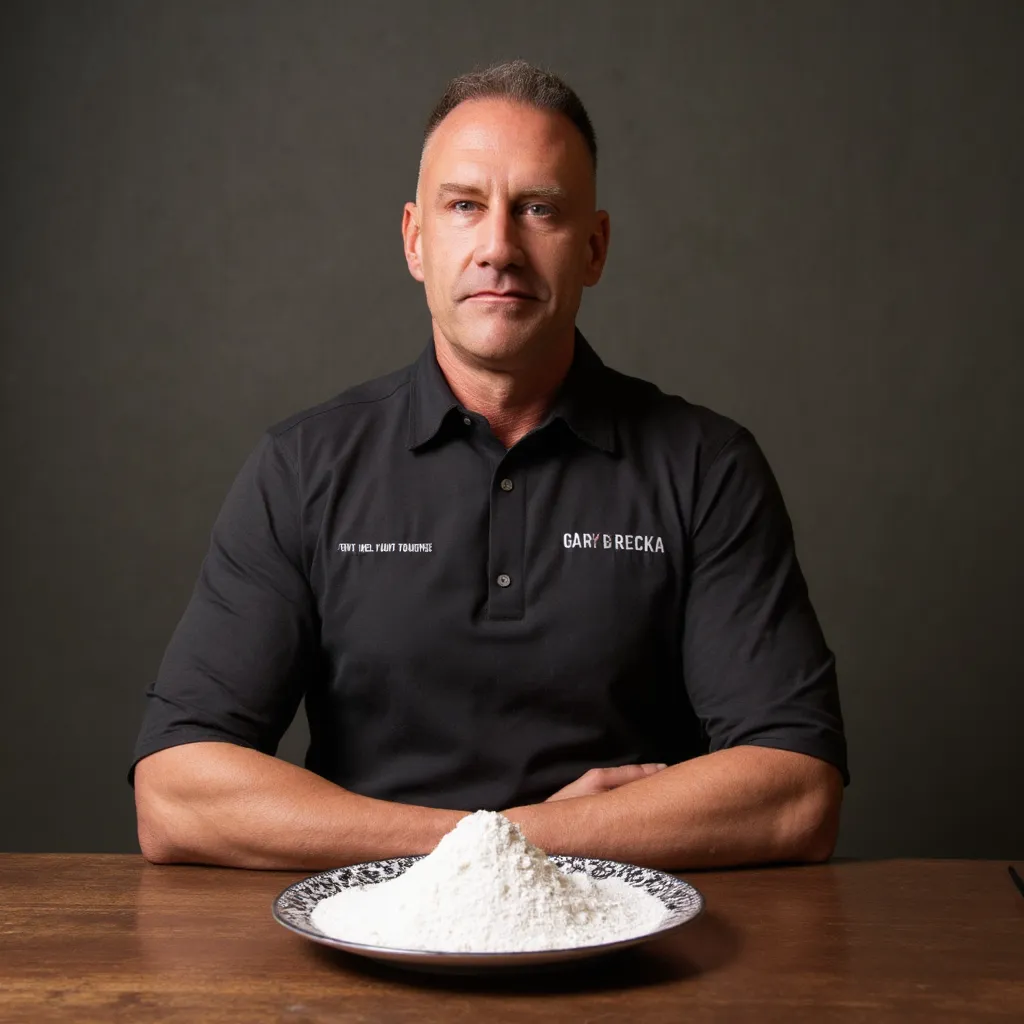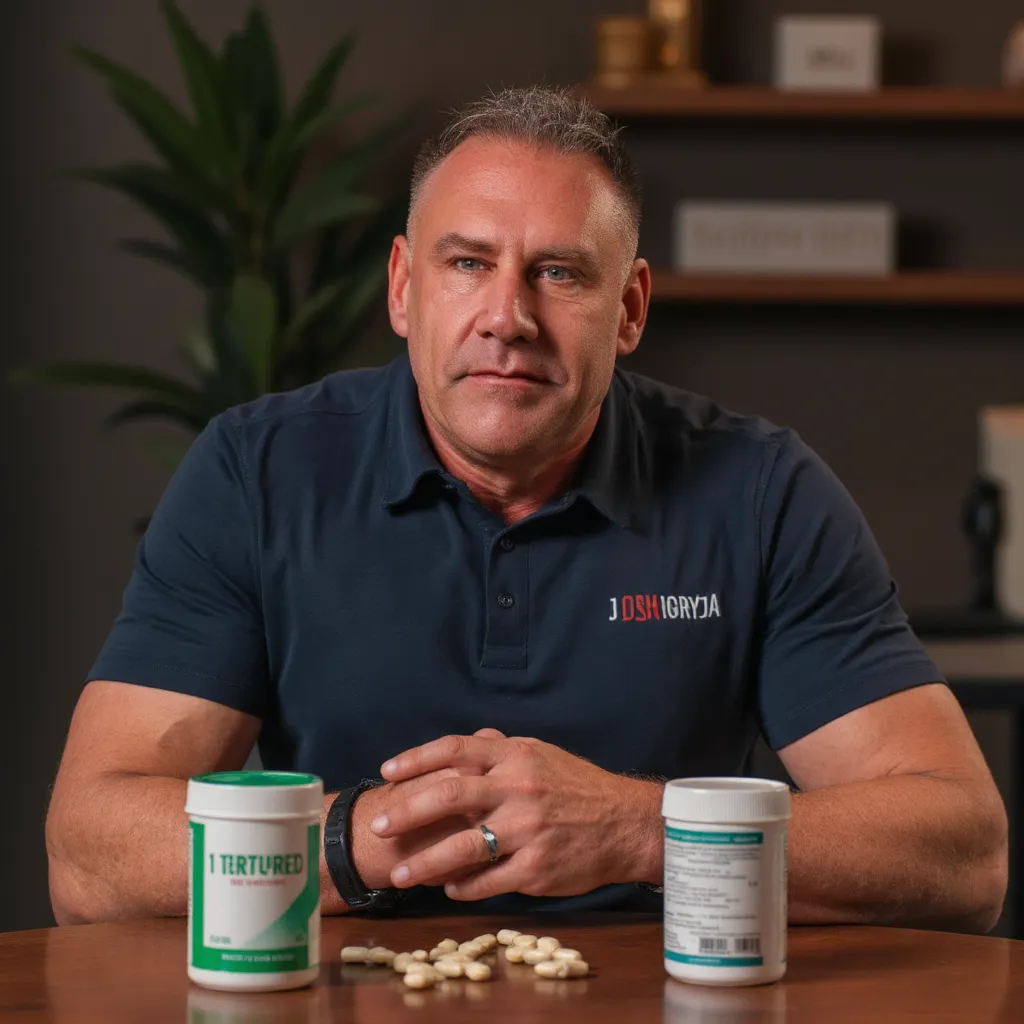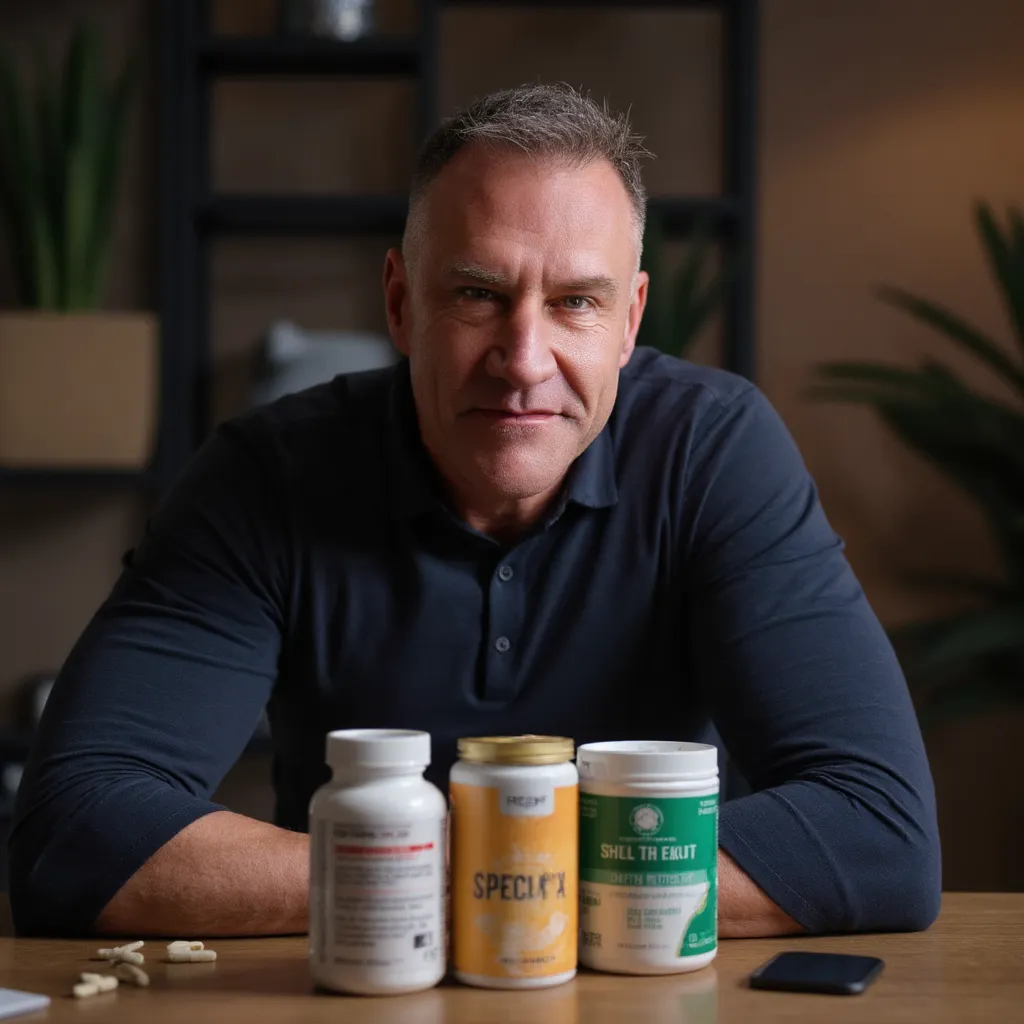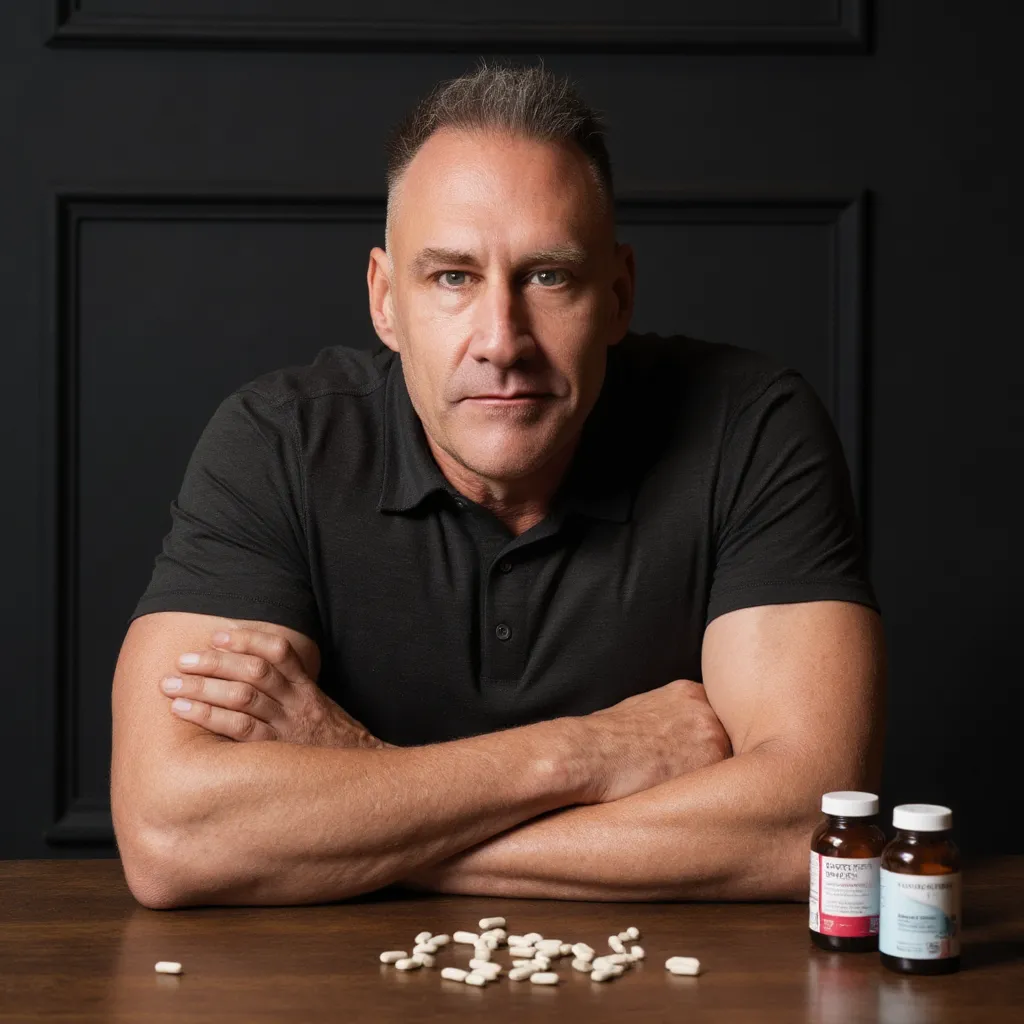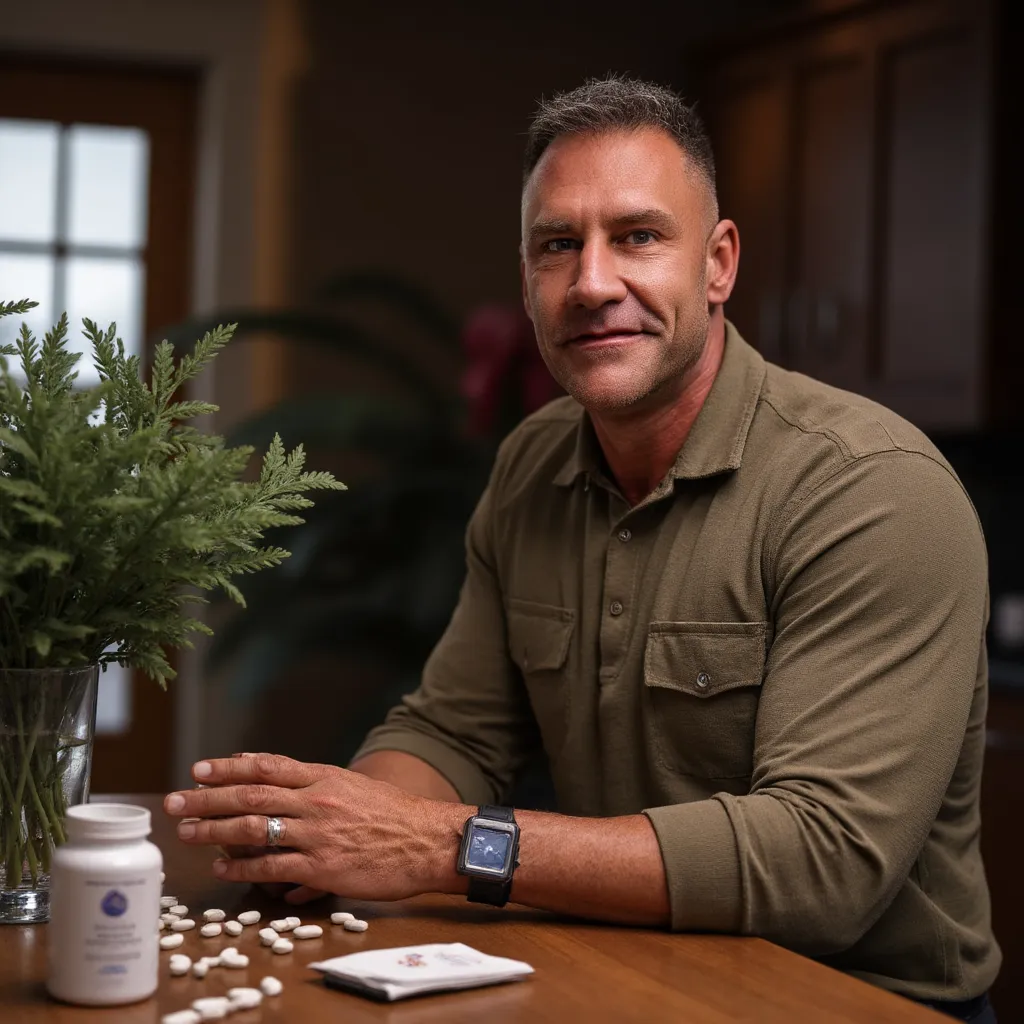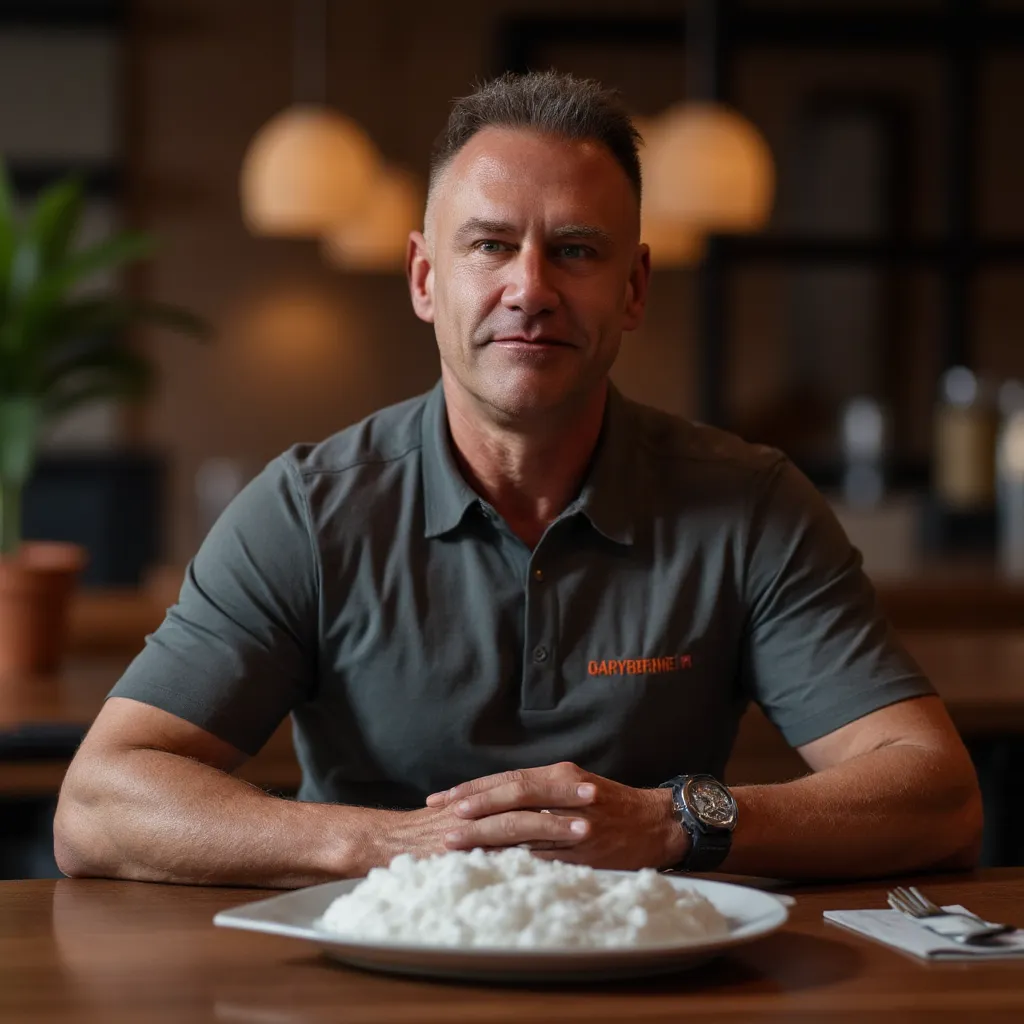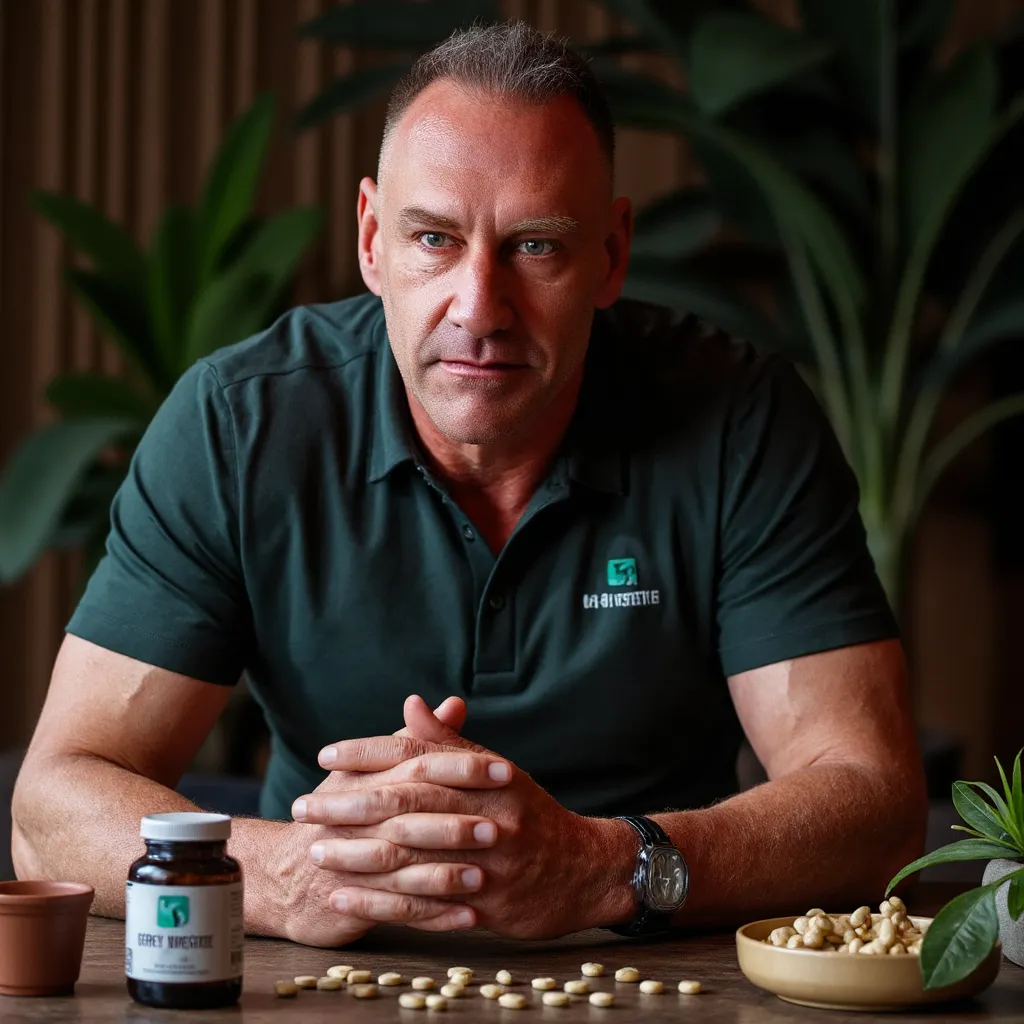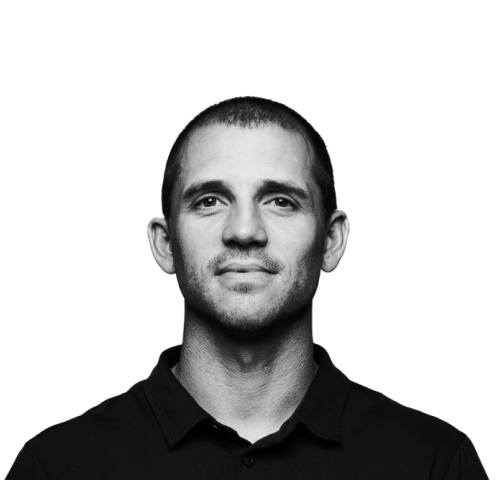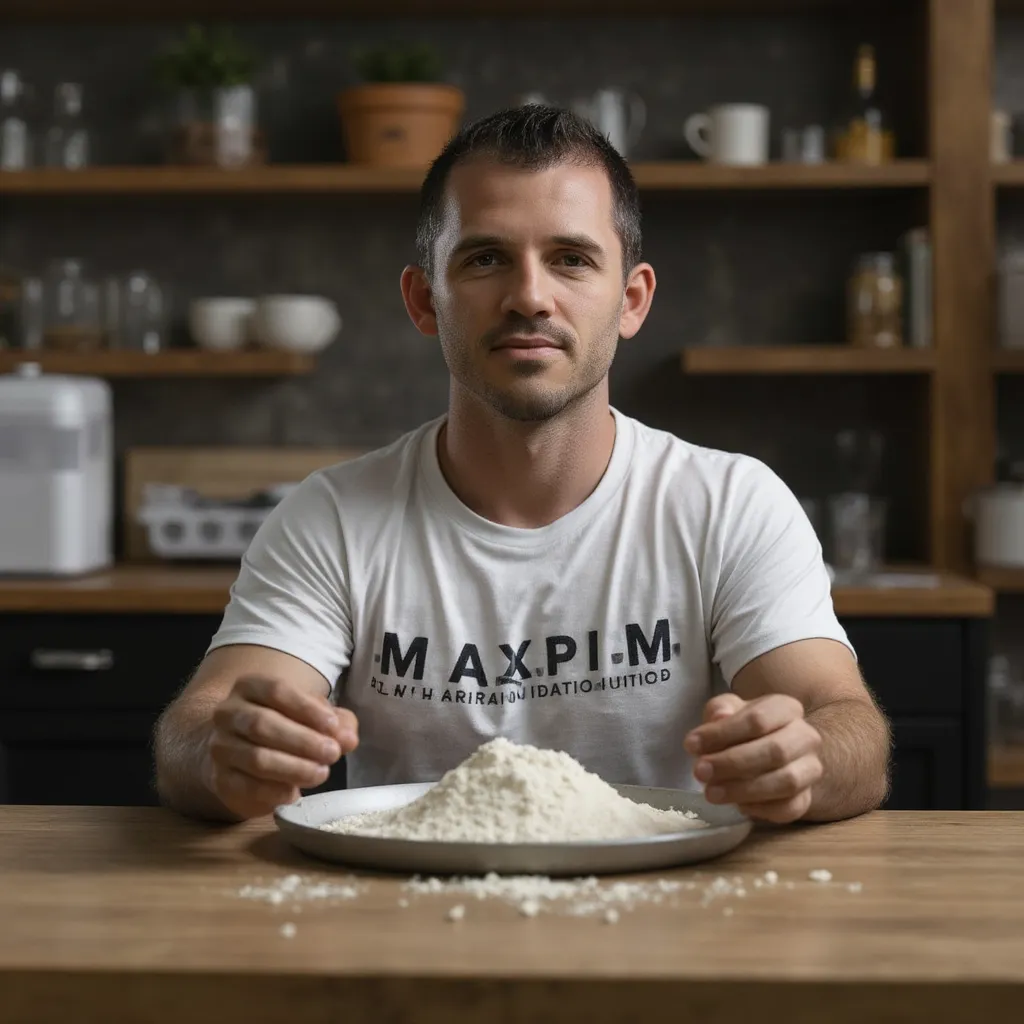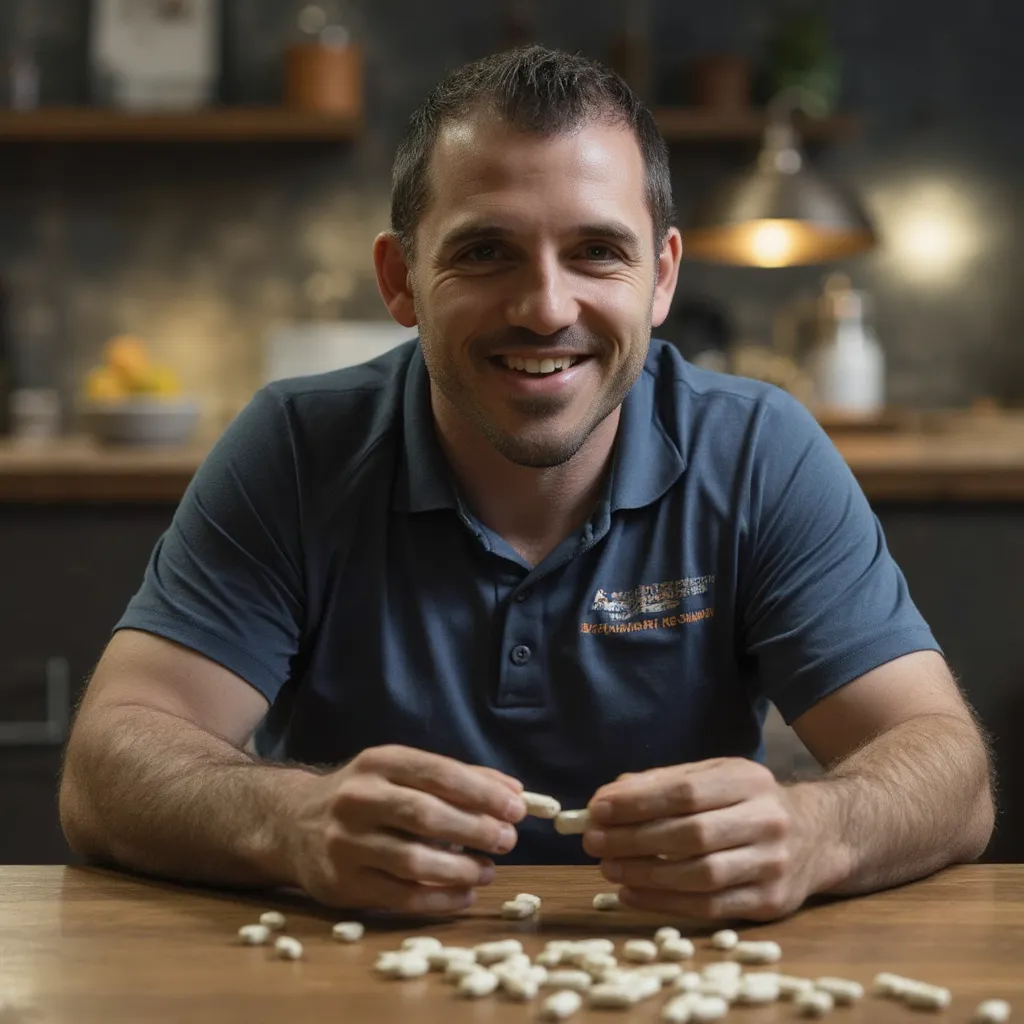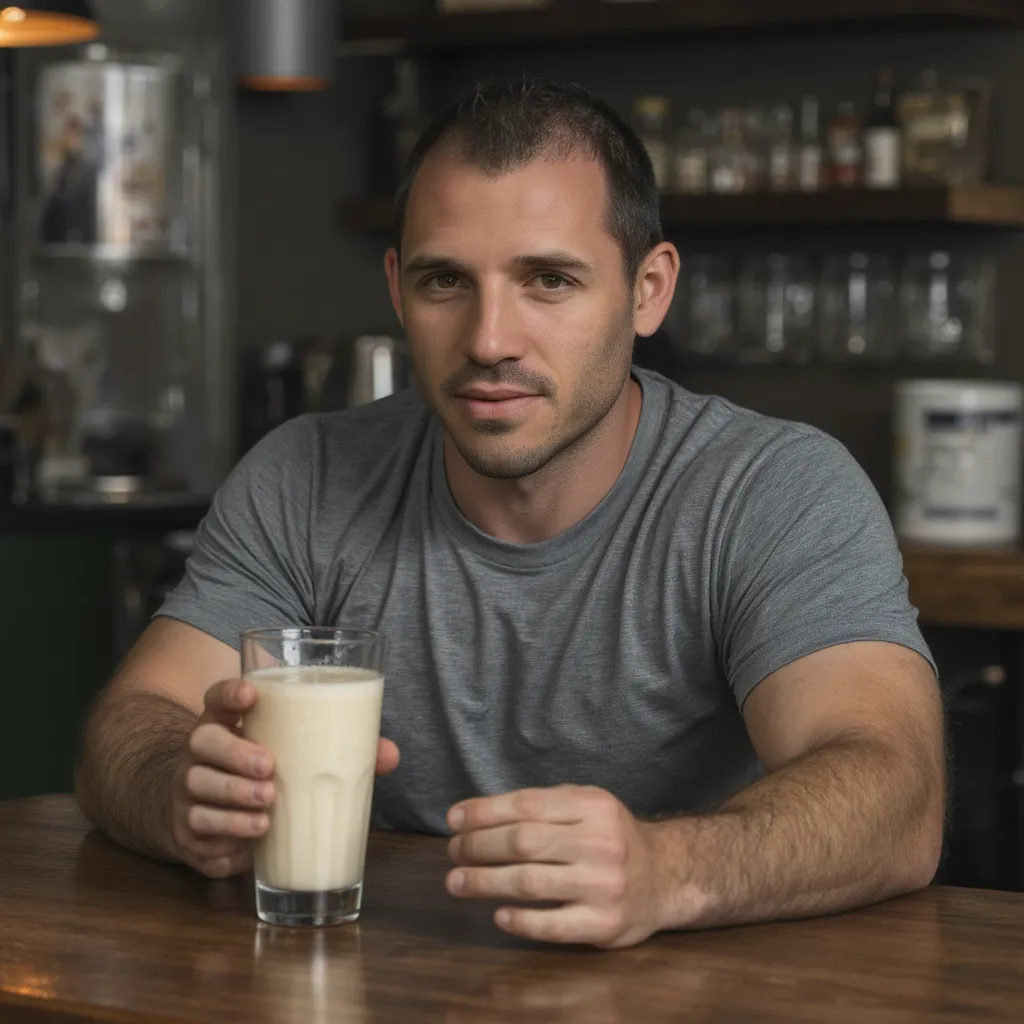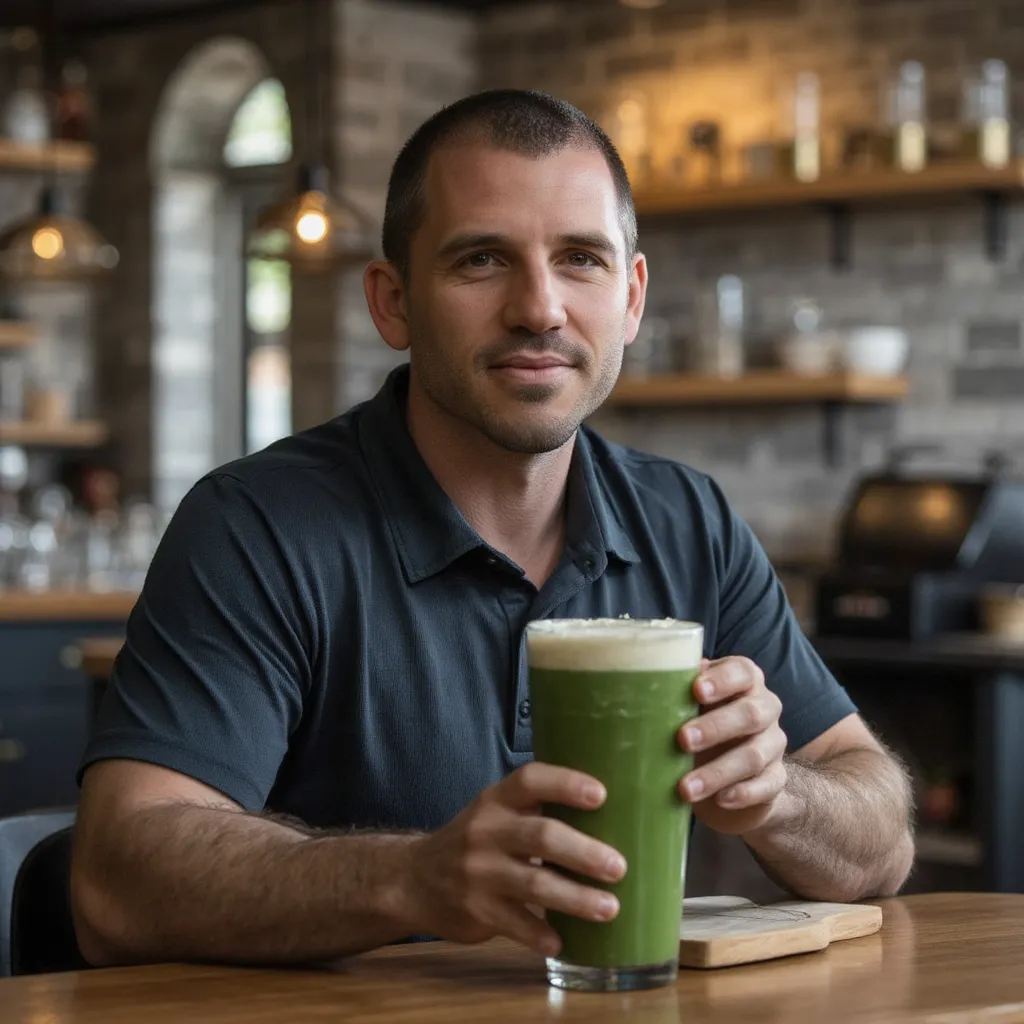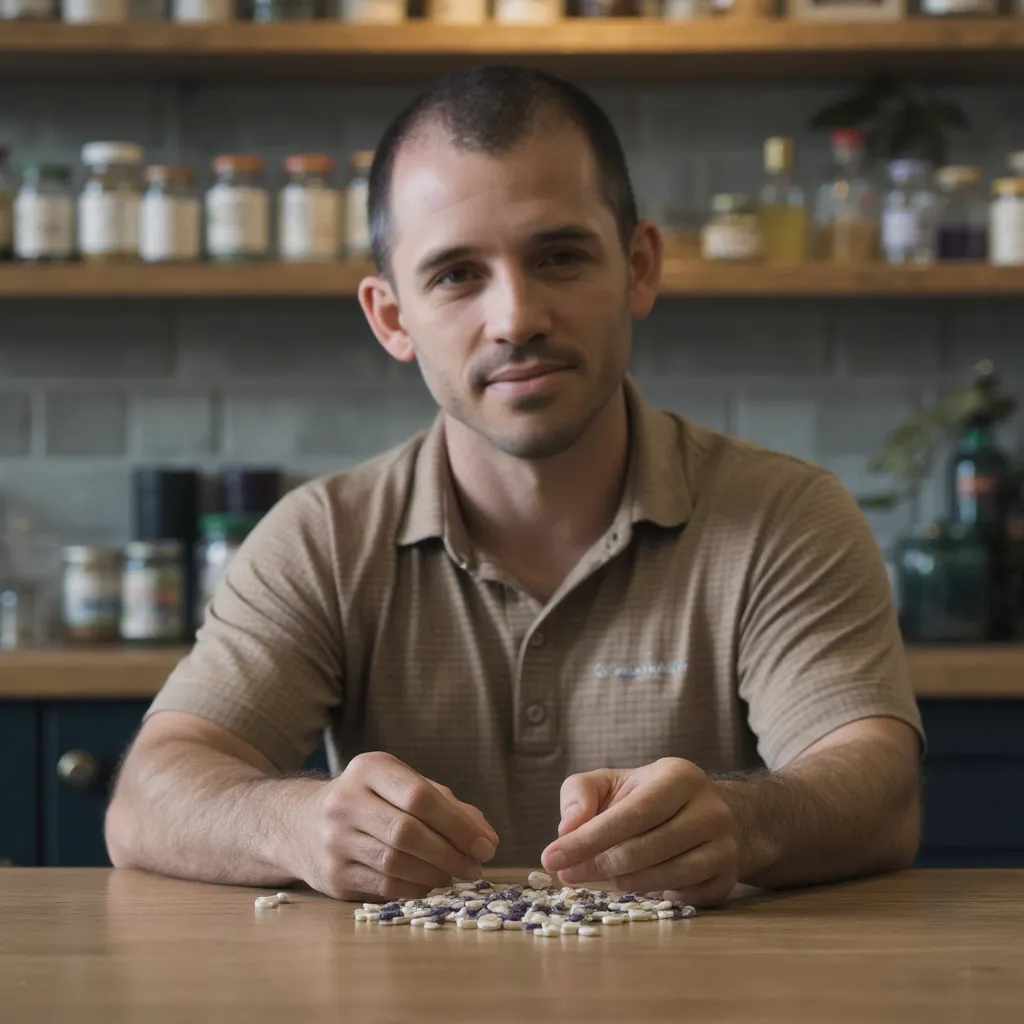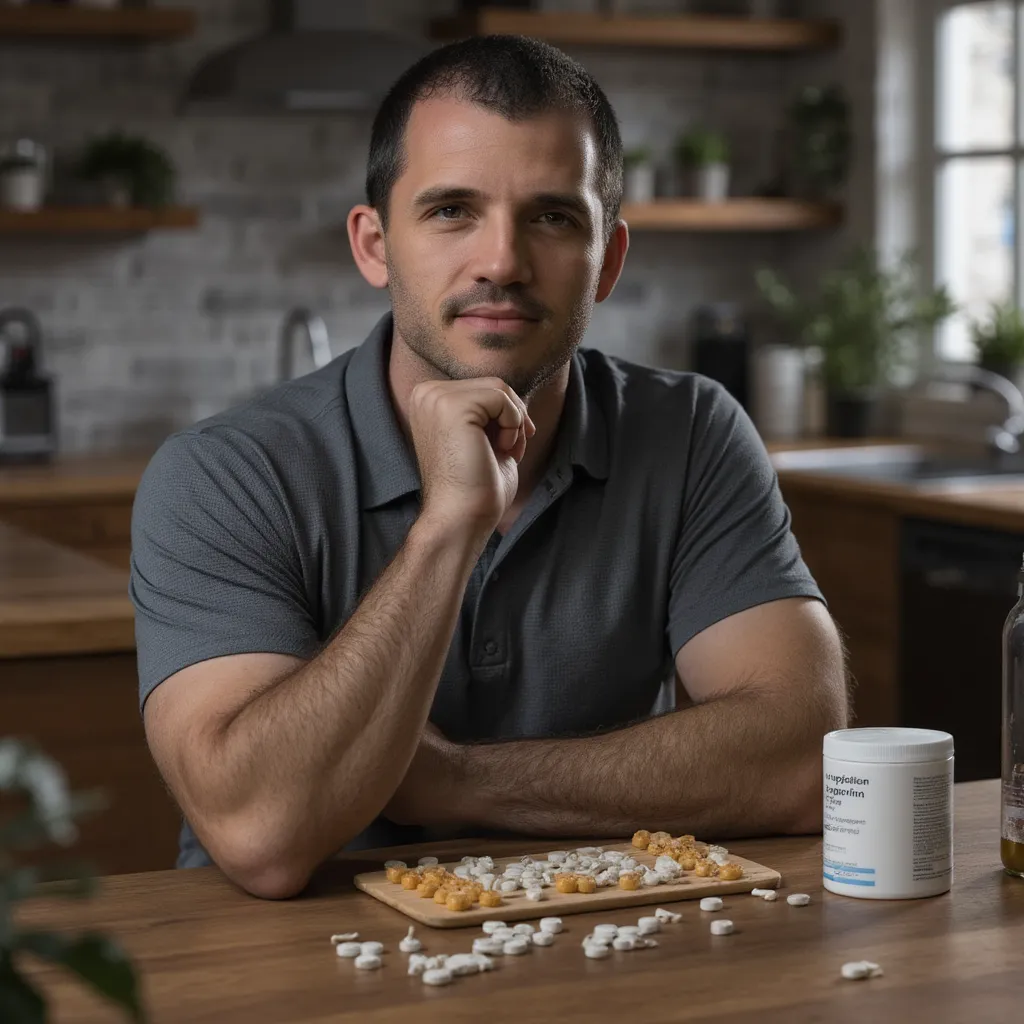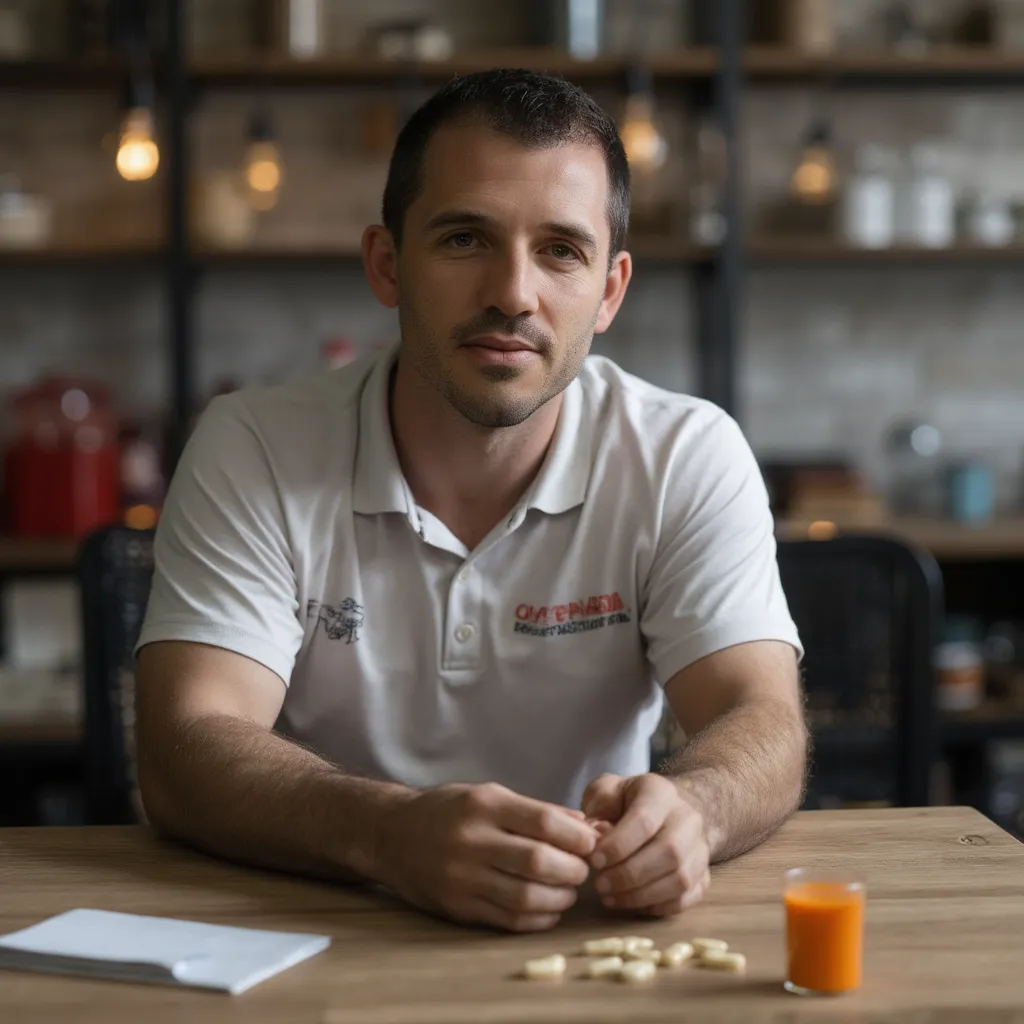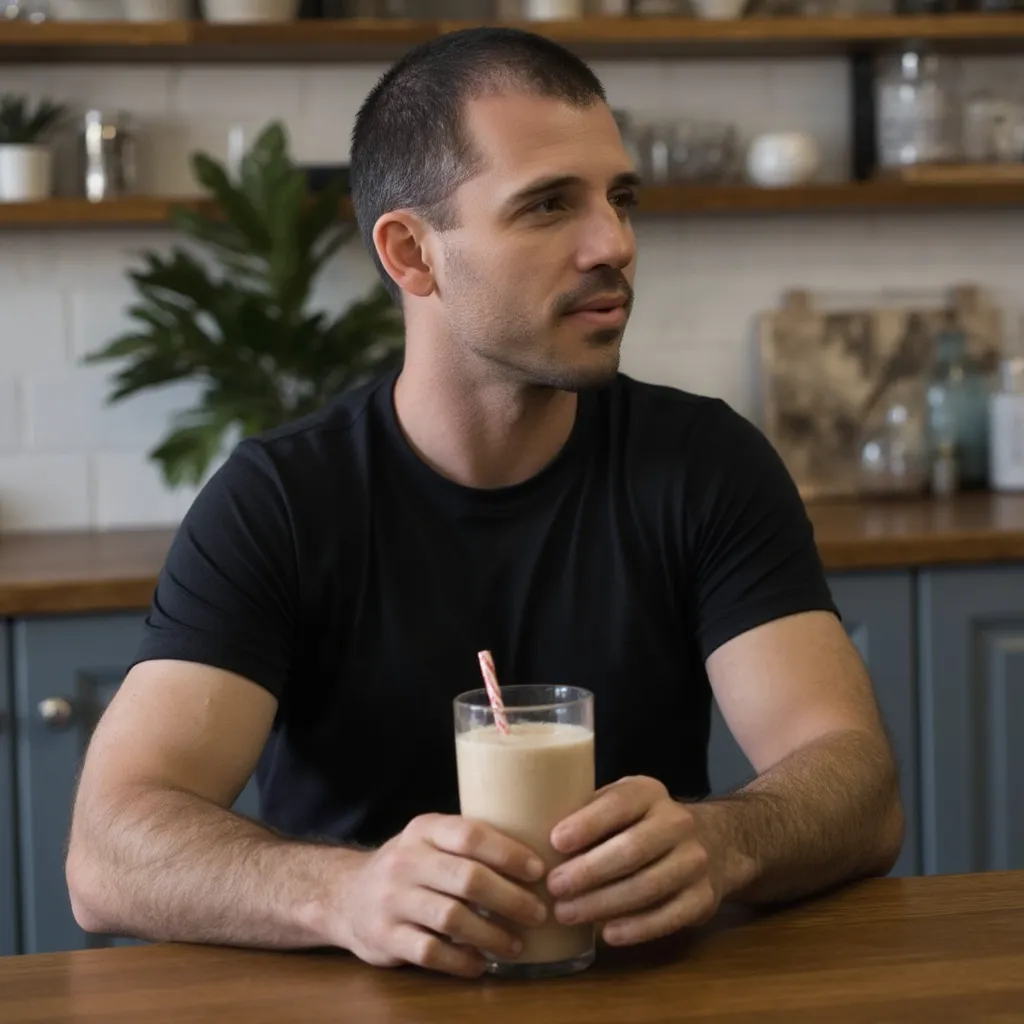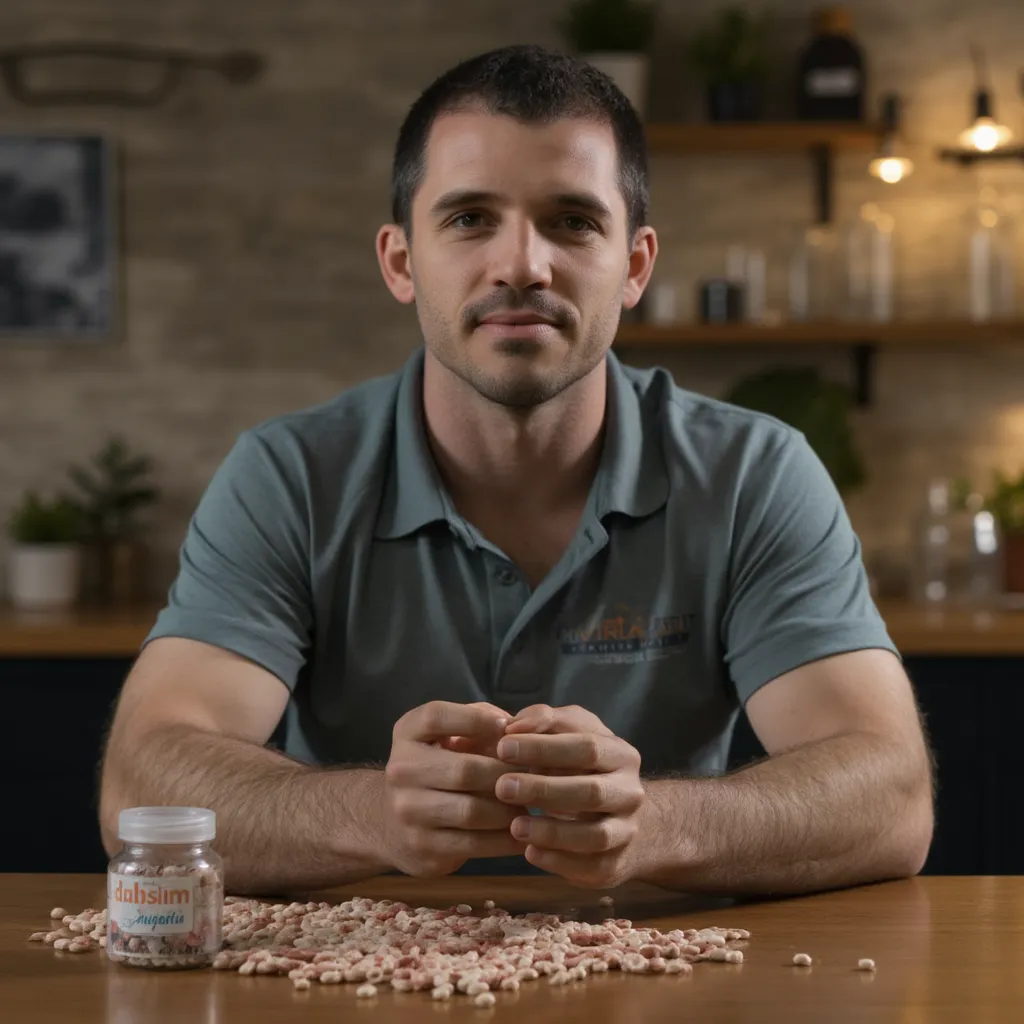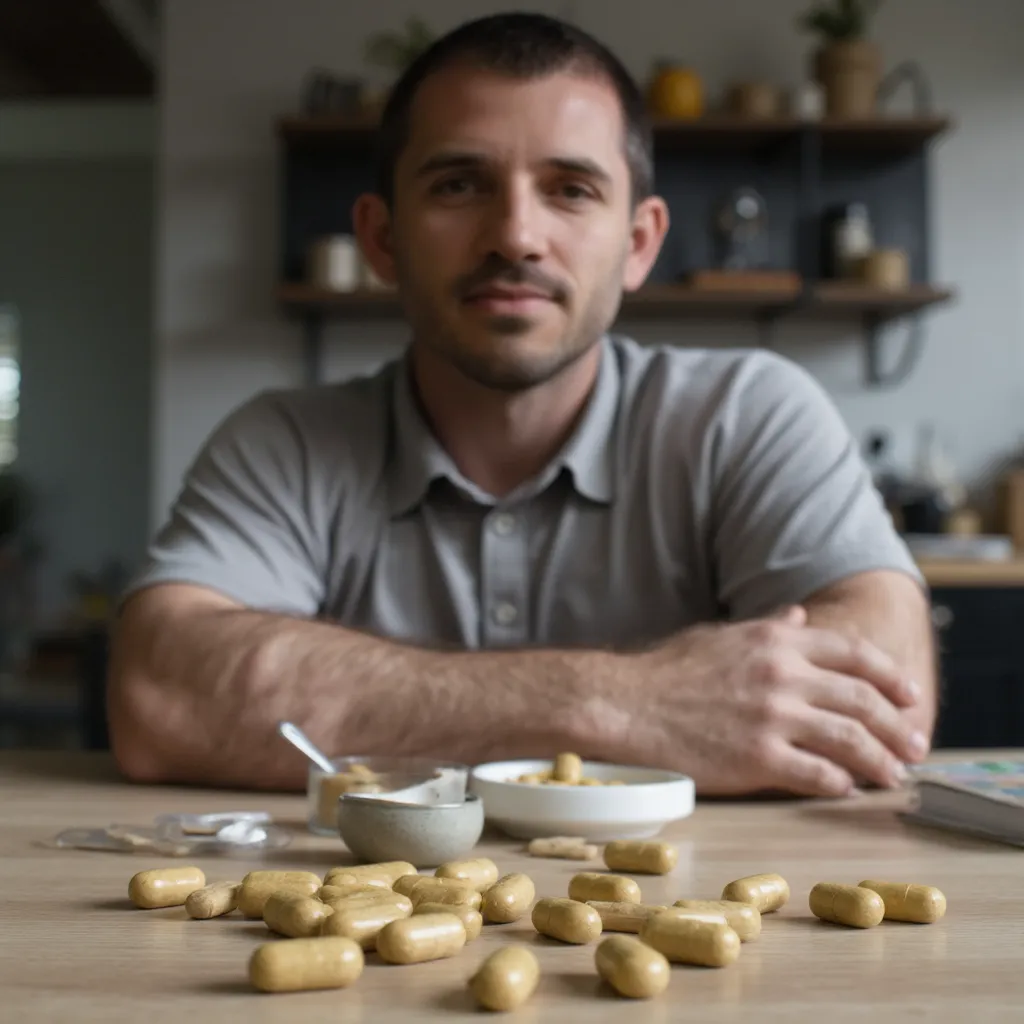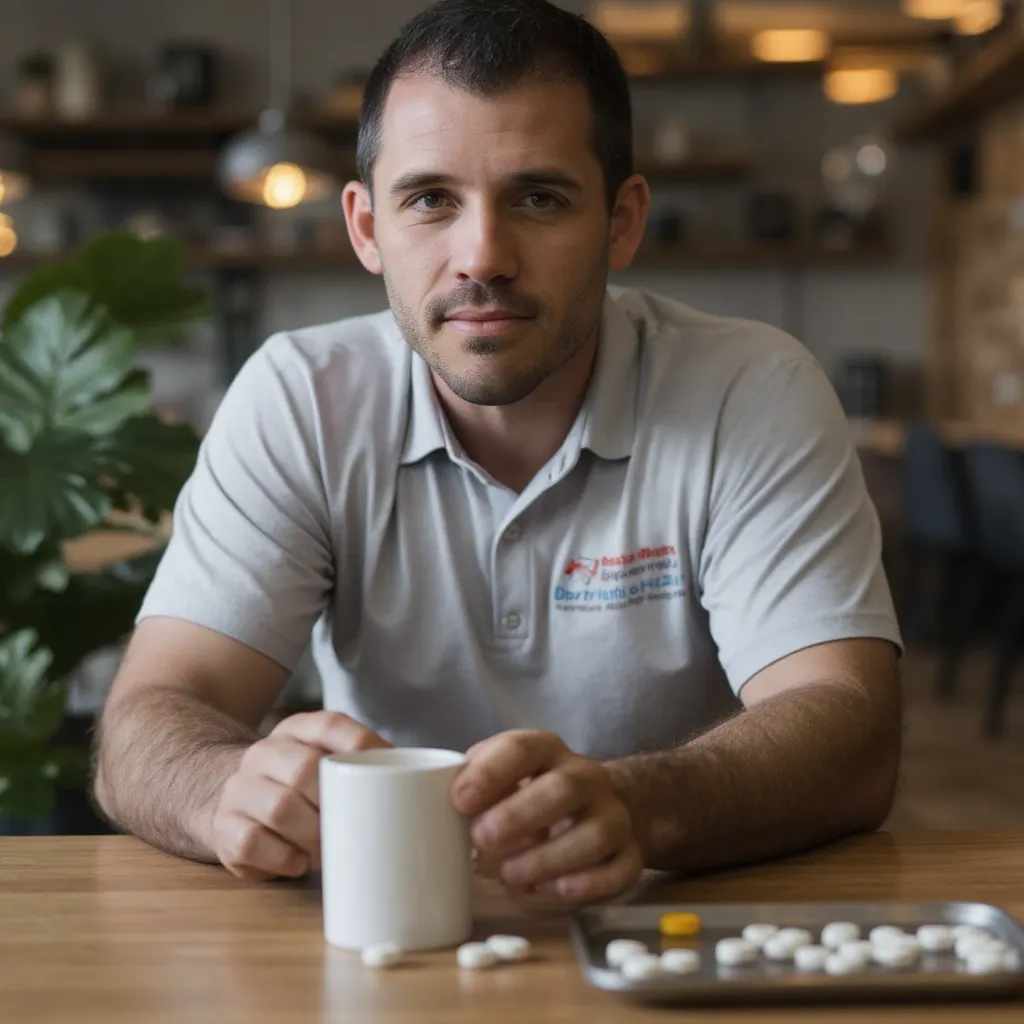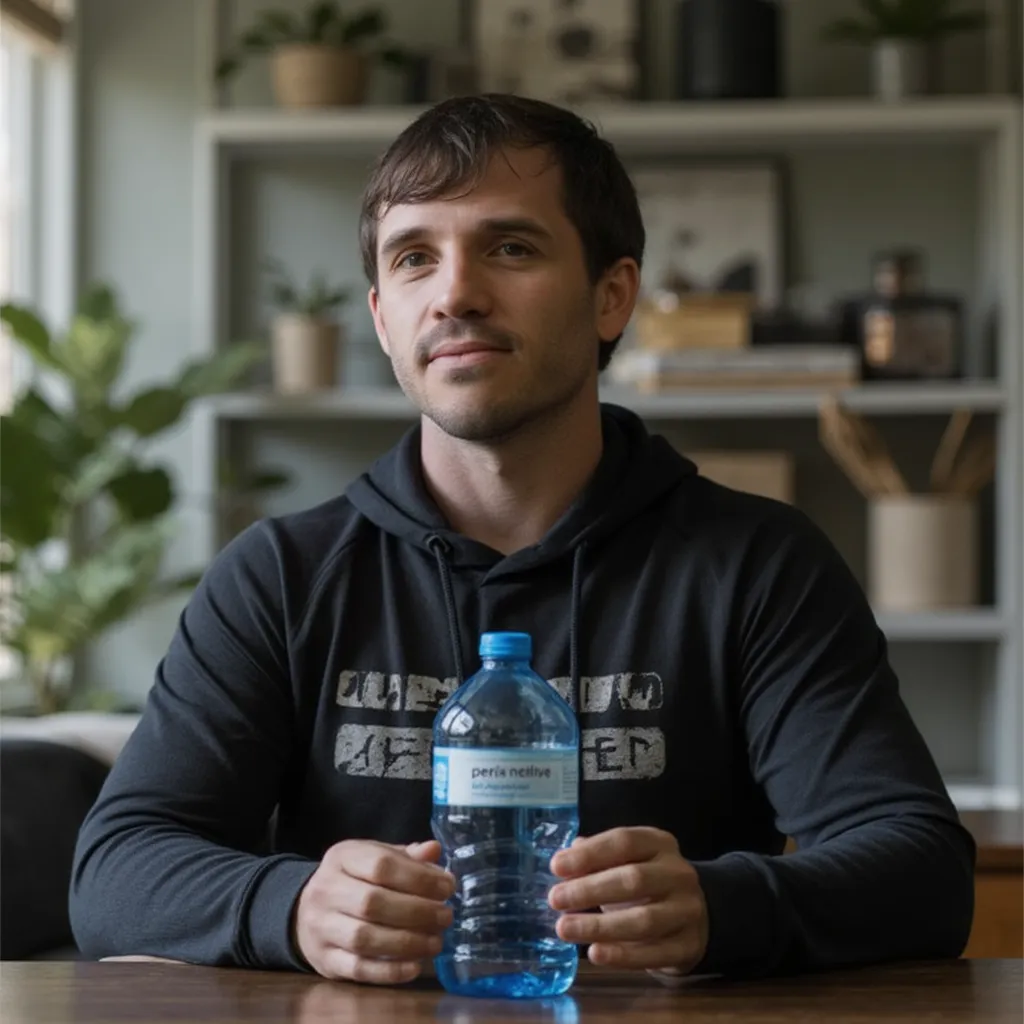Cristiano Ronaldo’s Diet Plan
What’s on His Plate Every Day
Cristiano Ronaldo follows a strict diet plan that helps him maintain peak performance on and off the field. His daily meals focus on lean proteins, fresh vegetables, whole grains, and healthy fats to fuel his body for intense training sessions. Hydration and meal timing also play a key role in his routine, ensuring he stays energized and recovers properly after workouts. He avoids processed foods and sugary drinks, sticking to a well-balanced plan that supports both muscle growth and endurance. This article will go over Cristiano Ronaldo’s diet, including his daily eating habits, nutrition choices, and how his meals complement his workout routine.
- Published: March 21, 2025
- Last Updated: May 14, 2025
-
-
Daily Meal Plan
Cristiano Ronaldo follows a structured eating routine designed to keep his body fueled for intense training and competition. Instead of three large meals, he spreads his food intake across six smaller meals each day.
This approach helps maintain steady energy levels, prevents hunger dips, and supports muscle recovery. His focus is on nutrient-dense foods that aid performance, with a diet rich in lean proteins, whole grains, and fresh produce.
- Meal timing: He eats every 3 to 4 hours, ensuring his body has a constant supply of energy.
- Lean proteins: His diet includes chicken, egg whites, and fish, which are essential for muscle repair and growth.
- Fish intake: He frequently eats fish like tuna, swordfish, and cod due to their high protein content and low fat.
- Whole grains: Brown rice, quinoa, and whole wheat provide long-lasting energy for his rigorous training sessions.
- Fresh vegetables: A variety of greens supply essential nutrients that support recovery and overall health.
The Cristiano Ronaldo diet plan is built around consistency and quality nutrition. By eating smaller meals at regular intervals and prioritizing whole foods, Ronaldo ensures his body performs at its best throughout the day.
-
Breakfast
A strong start to the day is essential for maintaining energy and focus, especially for an athlete of his caliber. His morning meals are balanced, providing the necessary nutrients to fuel his body without feeling too heavy. By combining lean proteins, dairy, and fresh ingredients, he ensures his body is primed for training and recovery.
- Morning protein: He often eats ham and cheese, which supply protein to support muscle maintenance.
- Low-fat yogurt: A staple in his breakfast, it offers probiotics for digestion and protein for recovery.
- Fresh fruit: He includes fruits for natural sugars, vitamins, and antioxidants that aid hydration and energy levels.
- Whole-grain cereal: Occasionally, he opts for whole-grain cereal, which provides fiber and long-lasting energy.
- Egg whites: When training more intensely, he increases his protein intake with egg whites.
- Breakfast alternatives: Even though Ronaldo prefers to eat natural, you can opt for options like AG1, a greens supplement packed with essential nutrients, or Yerba Mate, a natural energy booster with antioxidants and a smooth caffeine lift.
The Cristiano Ronaldo diet routine focuses on high-quality nutrition, and breakfast plays a vital role in his performance. By choosing nutrient-rich foods in the morning, he ensures his body is well-prepared for the demands of the day, setting the tone for optimal energy and recovery.
-
Mid-Morning Snack
To sustain his energy levels between meals, Cristiano Ronaldo includes a light yet nutrient-rich snack in his daily routine. This small meal provides a balance of healthy fats and carbohydrates, ensuring he stays fueled without feeling sluggish. His focus remains on whole foods that aid performance and recovery while keeping him satisfied until lunch.
- Avocado toast: A go-to snack for Ronaldo, offering healthy fats and sustained energy to keep him fueled throughout training.
- Refreshing drink option: While Ronaldo sticks to his own routine, some prefer pairing their snack with Green Matcha Tea, a natural source of antioxidants and a gentle energy boost without the crash of traditional caffeine.
Keeping energy levels steady throughout the day is key to maintaining endurance and strength. By choosing simple, nourishing snacks like avocado toast, he ensures his body remains in peak condition for both training and recovery.
-
First Lunch
Ronaldo’s first lunch is a simple yet effective meal that provides the necessary nutrients to keep him performing at his best. It focuses on lean protein and fresh vegetables, offering a combination of muscle-building benefits and digestive ease. This meal ensures he stays fueled without feeling sluggish, allowing him to maintain his training intensity.
- Chicken salad: A regular part of Ronaldo’s meals, chicken delivers high-quality protein while keeping fat intake low.
- Fresh vegetables: Packed with vitamins and fiber, they support digestion and overall recovery.
A meal built around lean protein and nutrient-dense ingredients allows Ronaldo to sustain his energy levels and optimize muscle function. Keeping his food choices clean and balanced helps him stay in peak physical shape.
-
Second Lunch
His second lunch is another protein-rich meal that helps maintain his energy levels throughout the day. This meal is centered around nutrient-dense ingredients that support muscle recovery and overall performance.
Fish plays a major role in his diet, providing essential omega-3 fats and lean protein, while the addition of eggs, olives, and salad enhances the meal’s nutritional value.
- Fish selection: He often chooses options like tuna, swordfish, sea bream, or cod for their high protein and healthy fat content.
- Salad greens: A mix of fresh vegetables provides fiber, vitamins, and minerals to aid digestion and overall well-being.
- Hard-boiled eggs: These add additional protein, helping with muscle recovery and satiety.
- Olives: A source of healthy fats and antioxidants that contribute to heart health and inflammation control.
- Omega-3 supplement: For those who don’t eat fish but still want the benefits of omega-3s, a high-quality supplement can be a great alternative.
Proper nutrition plays a key role in sustaining energy and optimizing physical performance. His diet plan ensures that his body gets the necessary fuel to keep him in peak condition.
-
Evening Protein Meal
His evening meals continue his disciplined approach to nutrition, focusing on protein-rich foods that aid muscle recovery and overall performance. His first dinner is kept simple yet effective, ensuring he gets the necessary fuel without unnecessary additives. Whether he chooses fish or lean meat, his meal is always paired with fresh vegetables to maintain a balanced diet.
- Fish selection: He frequently eats sea bass or cod, which provide lean protein and essential omega-3 fatty acids.
- Lean meats: Occasionally, he substitutes fish with steak or another lean meat to add variety to his diet.
- Vegetable side: A mix of greens and other vegetables supplies important vitamins, minerals, and fiber.
A well-structured diet allows Ronaldo to meet his body’s high demands while maintaining peak fitness. Each meal is carefully chosen to provide the right combination of protein, healthy fats, and nutrients, keeping him strong and energized.
-
Second Dinner
Rather than eating one large dinner, he prefers to split his evening meals into two portions. This approach helps with digestion and ensures his body gets a steady supply of nutrients before rest. His second dinner is typically lighter but still contains enough protein and complex carbohydrates to support muscle recovery and sustained energy.
- Additional protein: He often eats another serving of fish or chicken to maintain his protein intake.
- Rice and beans: A source of fiber and slow-digesting carbs that provide long-lasting energy.
- Quinoa: A nutrient-dense grain that adds protein and essential amino acids.
- Light option: On some nights, he opts for a simple dish like soup for easier digestion before sleep.
A structured meal plan allows him to meet his performance goals while ensuring his body stays fueled throughout the day. Keeping his final meal balanced yet light helps him maintain optimal recovery and prepares him for the next day’s training.
-
Total Daily Intake
The Cristiano Ronaldo diet is built to match the physical demands of his intense training and game schedule. His meals are carefully portioned to ensure he gets the right balance of protein, healthy fats, and carbohydrates.
Freshness is a top priority—he avoids anything processed, preferring natural ingredients that support muscle recovery and sustained energy levels. Even when dining out, he sticks to simple, wholesome meals that align with his nutrition plan.
- Caloric intake: His daily intake ranges between 3,000 to 3,200 calories, depending on his training intensity. This high-calorie intake is necessary to sustain his rigorous workouts, aid in muscle recovery, and maintain his lean physique. Unlike an average diet, his meal plan is designed to improve performance and endurance rather than just maintain weight.
- Whole, natural foods: He avoids processed and frozen meals, favoring fresh ingredients that retain their nutrients. He prioritizes high-quality, natural foods that provide essential vitamins and minerals. Even when eating at restaurants, he chooses options like fresh steak with salad to ensure he’s getting unprocessed meals.
- Lean proteins: His diet includes protein sources such as fish, chicken, veal, and eggs, all essential for muscle growth and repair. His former personal chef, Giorgio Barone, emphasized that Ronaldo’s meals were made with simple, high-quality ingredients rather than expensive or exotic foods.
- Healthy fats: Avocados and coconut oil are commonly used in his meals to provide beneficial fats that aid in heart health, joint mobility, and sustained energy levels.
- Complex carbohydrates: Black rice, quinoa, and other whole grains supply slow-digesting carbohydrates that provide long-lasting energy. These foods help replenish glycogen stores after workouts, ensuring he has the endurance needed for training, matches, and recovery.
A diet built around fresh, nutrient-dense foods helps him maintain peak performance. His strict approach to nutrition ensures that every meal fuels his body effectively, keeping him in top condition year-round.
-
Hydration
Proper hydration plays a key role in Cristiano Ronaldo’s diet plan, helping him maintain peak performance and overall health. He is known for being strict about what he drinks, ensuring that every beverage he consumes benefits his body.
- Water intake: He drinks plenty of water throughout the day, prioritizing purified water for optimal health and hydration.
- Public stance on soda: He made headlines during Euro 2020 when he removed soda bottles from a press table, encouraging people to drink water instead.
- Ursu9 alkaline water: He launched his own brand of natural alkaline water, reinforcing his belief in high-quality hydration.
- Sports drinks: During training and matches, he replenishes with electrolyte-rich sports drinks to replace fluids lost through sweat.
- CR7 Drive: In collaboration with a nutrition company, he developed a carbohydrate-electrolyte drink designed to enhance endurance and hydration.
- Morning coffee: While he avoids sugary drinks, he occasionally enjoys espresso or a latte to start his day.
- Fresh fruit juice: He sometimes drinks natural juices like pear, apple, or pineapple juice for added vitamins, while still being mindful of sugar intake.
- No sugary sodas: He avoids soft drinks entirely, ensuring his hydration choices contribute to his health rather than empty calories.
- No regular alcohol consumption: Unlike many athletes, he steers clear of alcohol, reportedly only having a rare glass of wine or champagne during special occasions.
Staying properly hydrated is a key part of the Cristiano Ronaldo diet routine, allowing him to maintain energy levels, aid recovery, and support his strict training regimen.
-
Supplements
His demanding training schedule requires more than just whole foods to keep his body in peak condition. Cristiano Ronaldo’s supplement choices are carefully selected to support muscle recovery, endurance, and overall health, ensuring that he performs at his best.
Since his body endures intense physical strain daily, these supplements help bridge nutritional gaps and provide additional support for recovery and long-term fitness.
- Post-workout protein: He includes protein shakes in his diet, particularly after training sessions, to aid muscle repair and growth. Rapid protein intake post-exercise is essential for muscle recovery, helping him stay in peak condition for matches and training.
- Whey protein: He often takes whey protein shakes post-workout to provide his muscles with fast-absorbing protein, allowing for quicker muscle regeneration and reduced soreness.
- Protein alternatives: Individuals looking to improve their diet can consider whey protein or plant-based protein as a convenient source of muscle-building nutrients, especially if they struggle to meet their daily protein intake through whole foods.
- Multivitamins: He takes multivitamins to cover any micronutrient gaps, ensuring his body gets the essential vitamins and minerals it needs for immune function, energy production, and overall well-being.
- Joint support supplements: To protect his joints from the strain of daily training, he includes supplements that may contain omega-3 fatty acids or similar nutrients. These help reduce inflammation and maintain joint flexibility, crucial for an athlete with such a physically demanding career.
Cristiano Ronaldo’s supplement routine is designed to complement his diet and training, giving his body the extra support it needs to sustain performance.
-
Cheat Meals
Even with his strict approach to nutrition, Ronaldo believes in balance and enjoying life. While his diet is carefully structured to support peak performance, he occasionally allows himself a small indulgence.
His idea of a cheat meal isn’t excessive, reflecting his commitment to moderation. Rather than derailing his diet routine, these rare treats serve as a way to enjoy food without compromising his overall discipline.
- Pizza as a guilty pleasure: When he decides to have a cheat meal, he keeps it simple with a slice or two of pizza. He enjoys it in moderation, never overindulging.
- Rare indulgences: Unlike many athletes, he doesn’t go for sugary treats or fast food. A small piece of birthday cake or a bit of chocolate is about as far as he goes.
- No excessive desserts: A former teammate, Lee Grant, once shared that at team dinners, his discipline was so strong that when he skipped dessert, other players felt compelled to do the same.
- Mindful approach: Even when he treats himself, he avoids binge eating or excessive junk food, ensuring that his nutrition remains clean and effective.
While he allows for occasional flexibility, his commitment to clean eating is what keeps him at the top of his game. His discipline around food is a major factor in maintaining his athletic longevity and physical conditioning.
Sometimes I eat pizza with my son.
Cristiano Ronaldo -
Cristiano Ronaldo’s Diet and Workout
Ronaldo’s approach to nutrition is deeply connected to his training, ensuring his body has the fuel needed to perform at the highest level. He has often stated that an athlete’s body should be treated like a high-performance machine, meaning every meal is planned to maximize strength, endurance, and recovery.
- Frequent meals for sustained energy: He eats multiple meals throughout the day, often up to six, to keep his energy levels stable for training and recovery.
- Balanced pre-workout nutrition: Before workouts, he consumes quality carbohydrates such as whole-grain cereal, bread, or fruit to provide lasting stamina and prevent fatigue.
- High-protein intake: His diet is rich in proteins from fish, chicken, egg whites, and lean meats, supplying essential amino acids that support muscle repair and strength.
- Post-training recovery: After intense sessions, he refuels with a protein shake or a high-protein meal to accelerate muscle recovery and maintain lean mass.
- Strategic meal timing: His meals and snacks are spaced out to ensure he is never too full or too hungry before workouts, helping him train at peak capacity.
- Hydration for performance: He prioritizes hydration, drinking water before, during, and after training. For added electrolyte replenishment, he uses sports drinks like CR7 Drive.
- Early evening meals for better sleep: He eats dinner early to prevent digestion from interfering with overnight recovery, optimizing muscle repair and growth hormone release.
- Consistency and discipline: He follows a strict eating schedule to keep his glycogen stores topped up, ensuring his body is always primed for training and competition.
Ronaldo’s dedication to his diet and training is what sets him apart. His focus on clean eating, structured meal timing, and hydration allows him to maintain elite performance year after year.
A good workout must be combined with a good diet. I eat a high protein diet, with lots of wholegrain carbs, fruit and vegetables, and avoid sugary foods.
Cristiano Ronaldo
-




